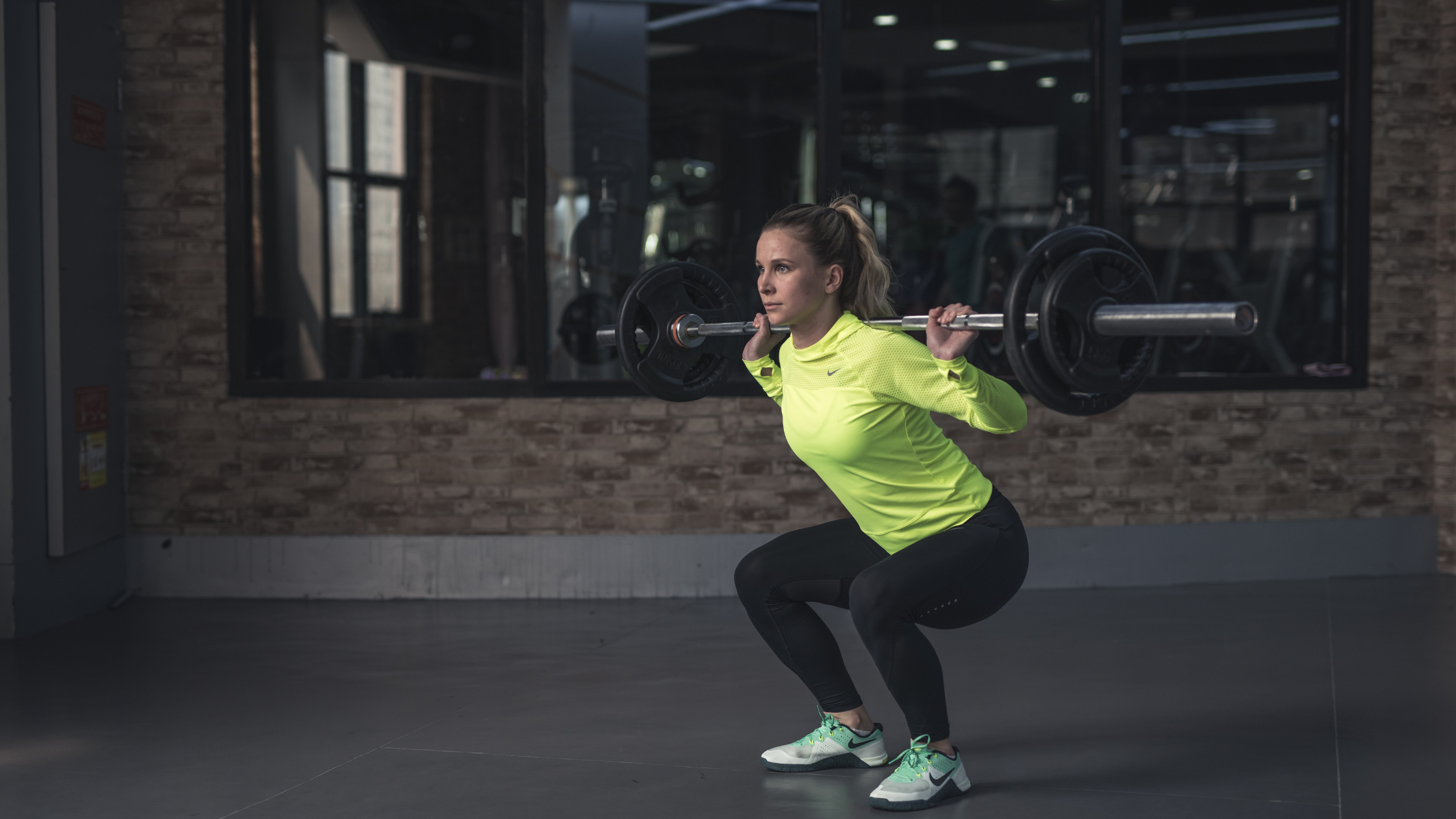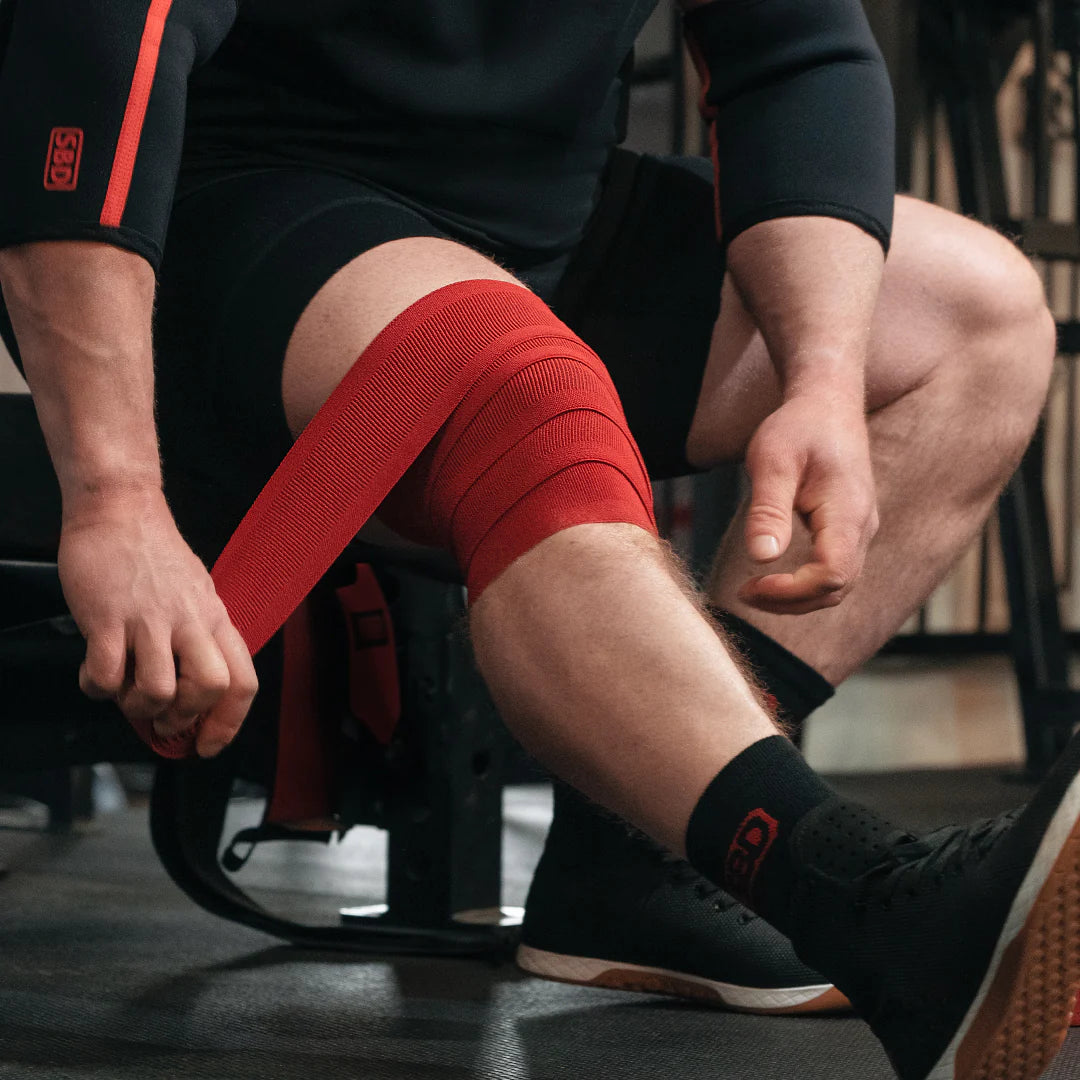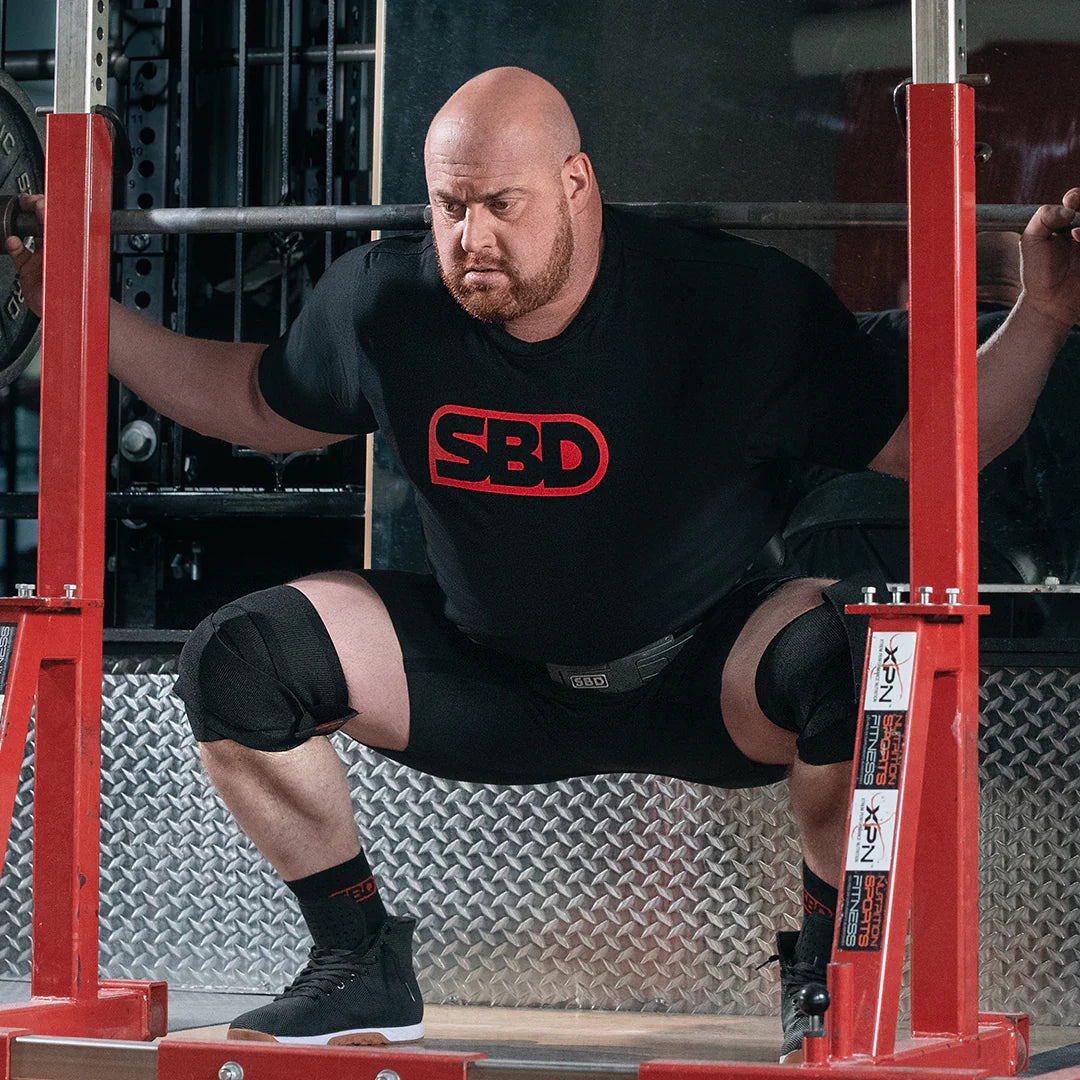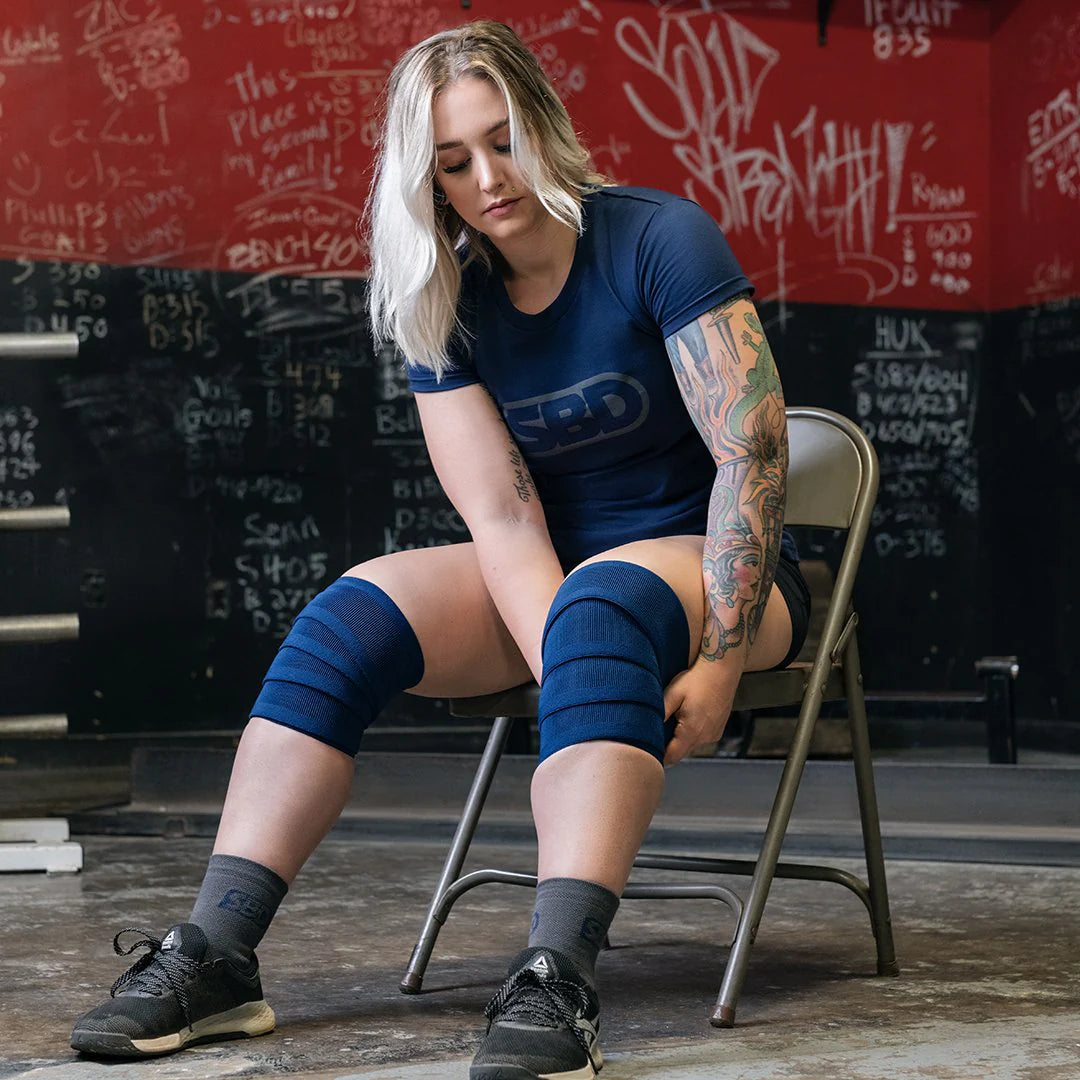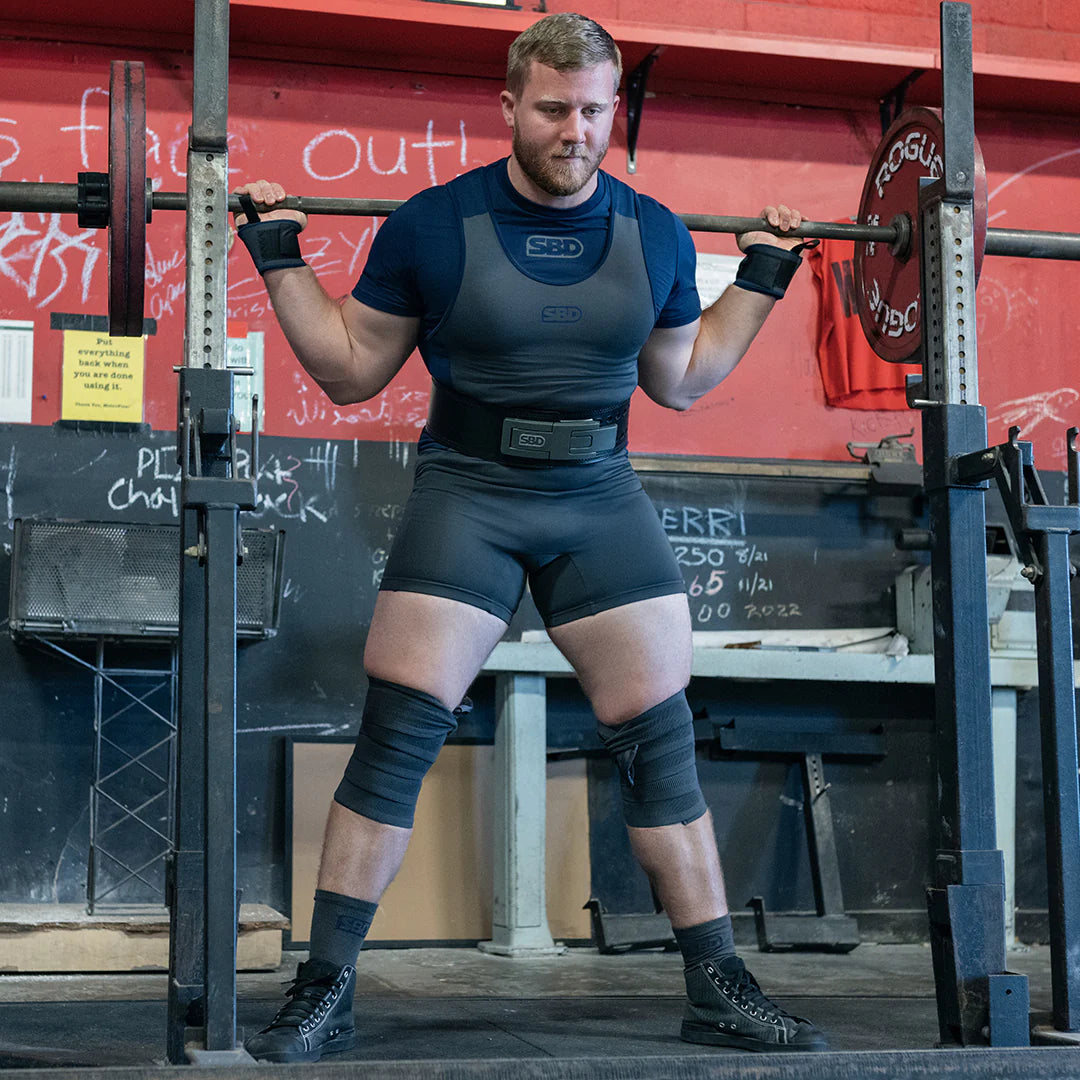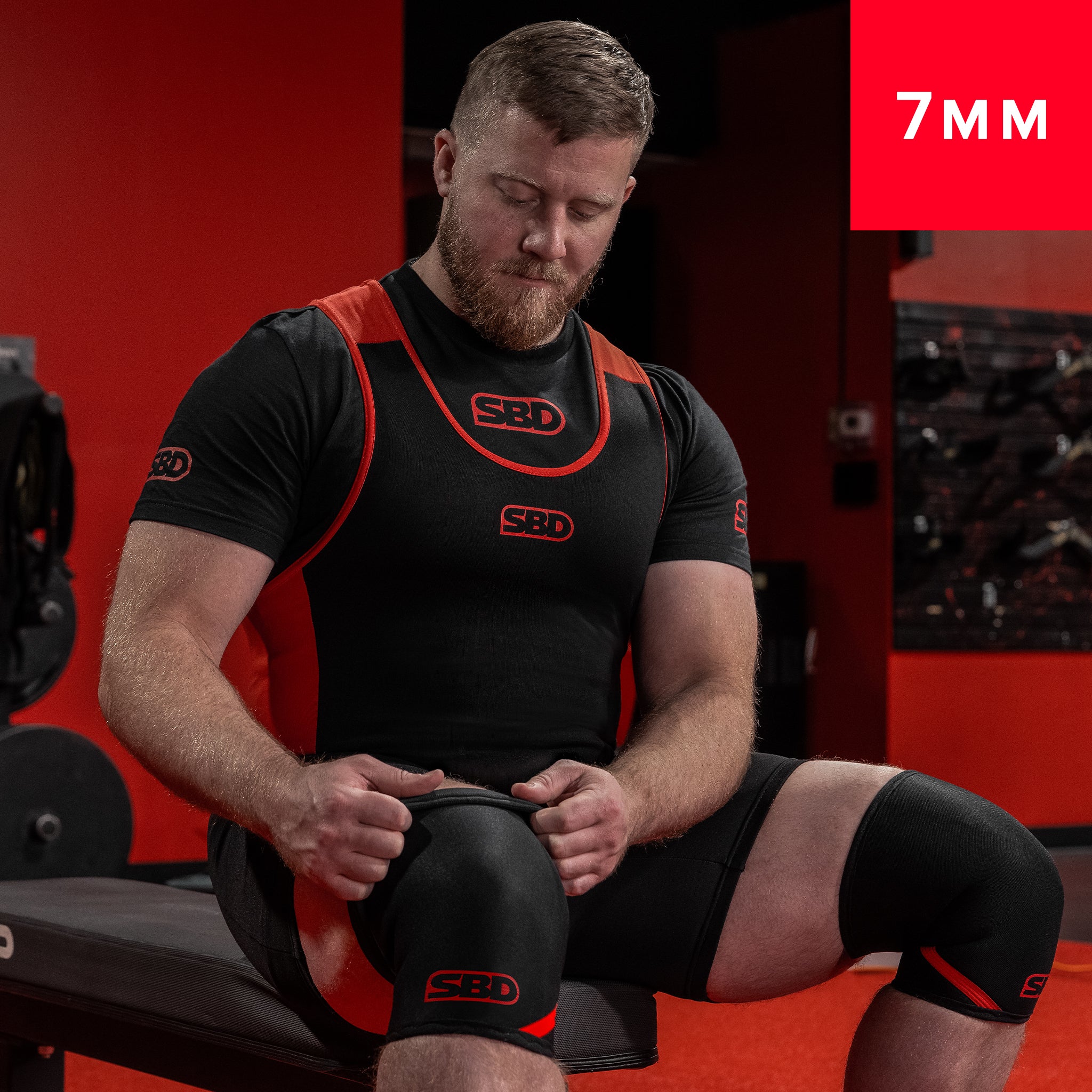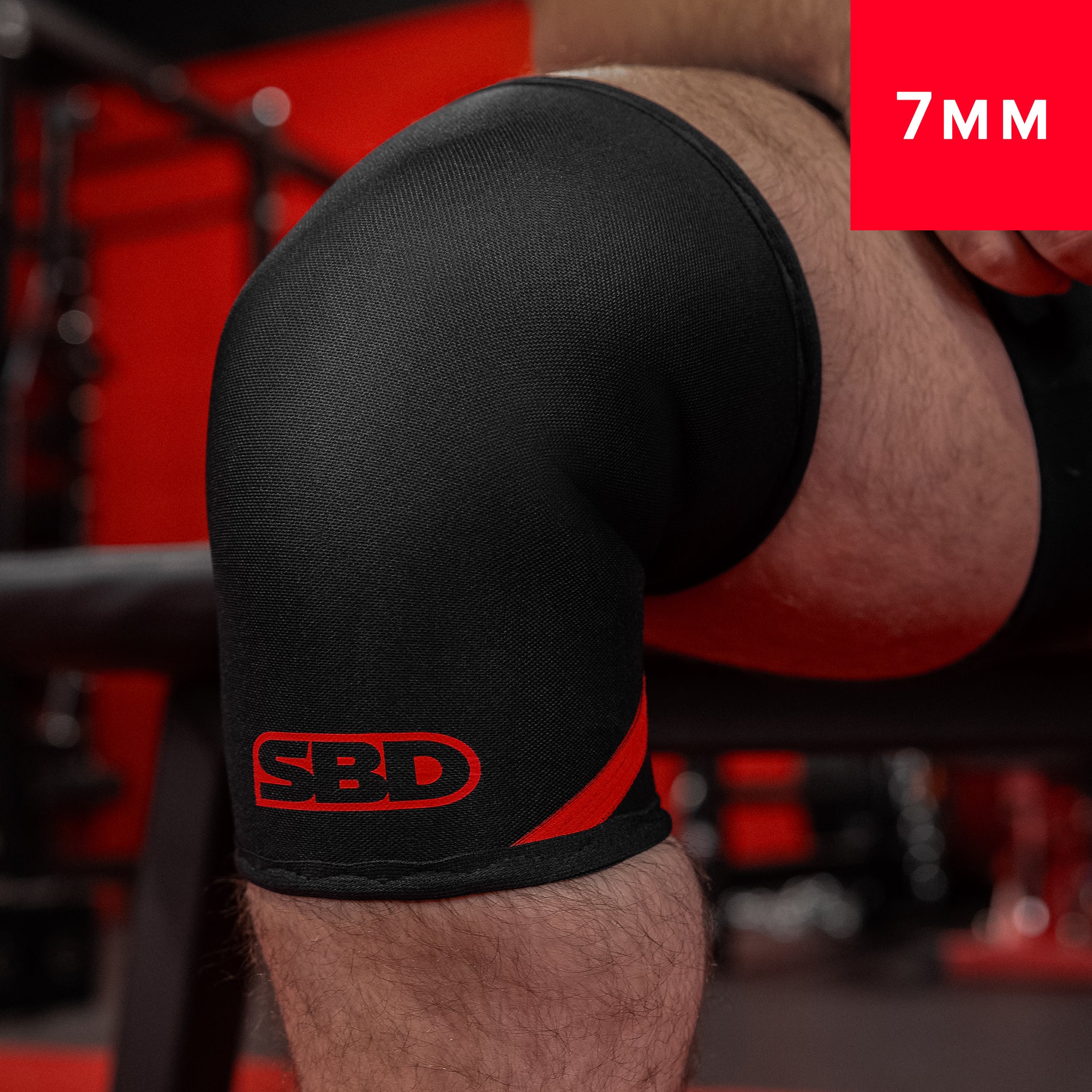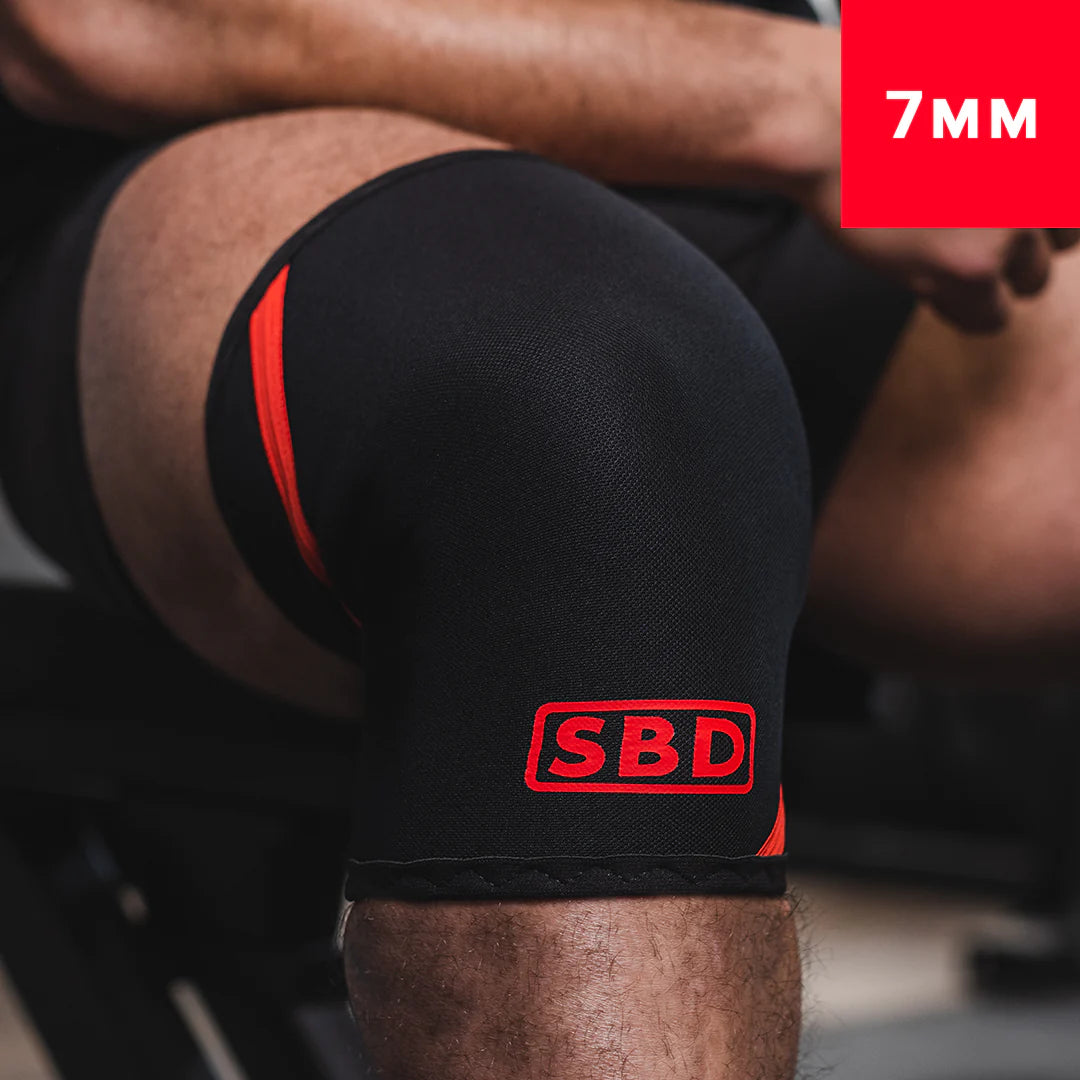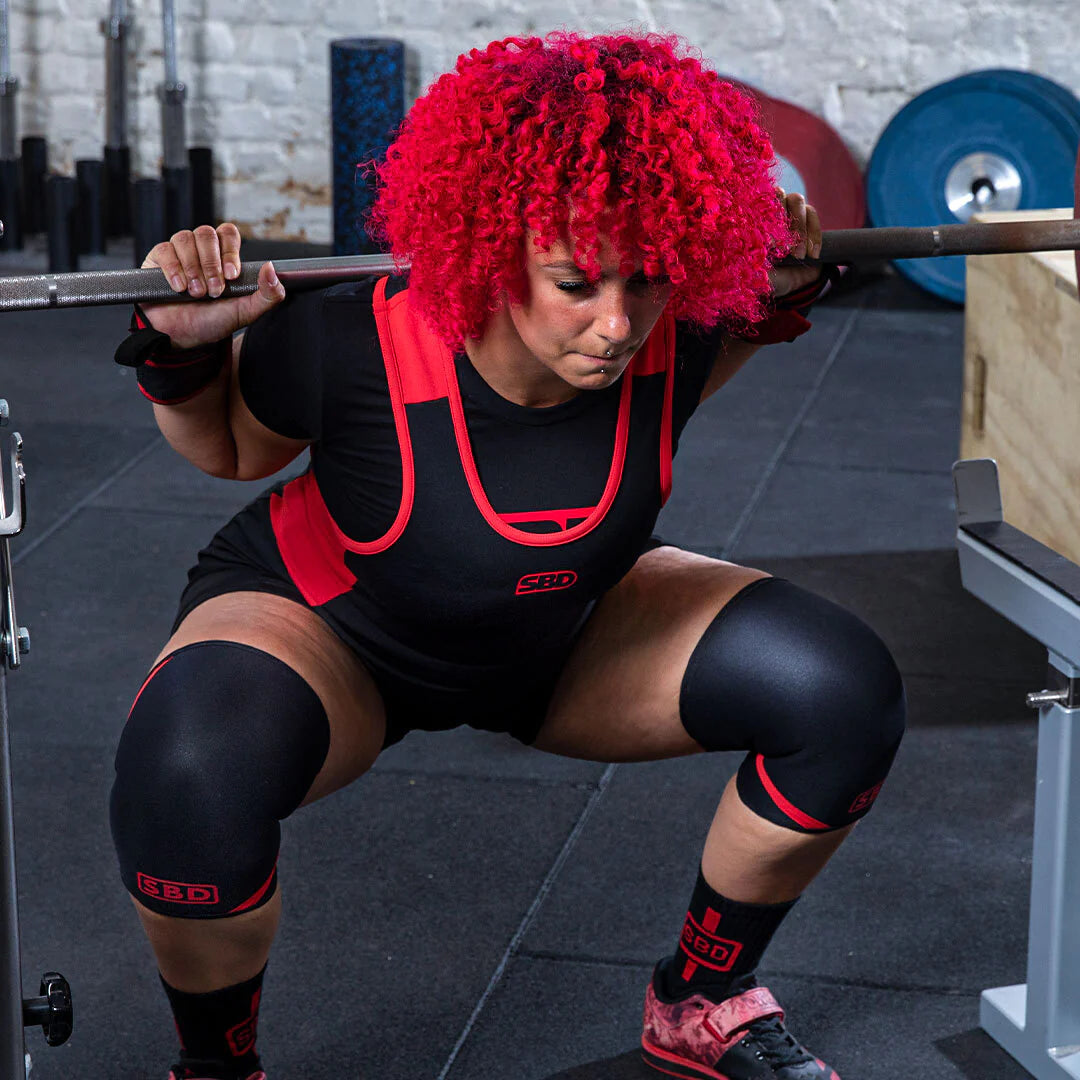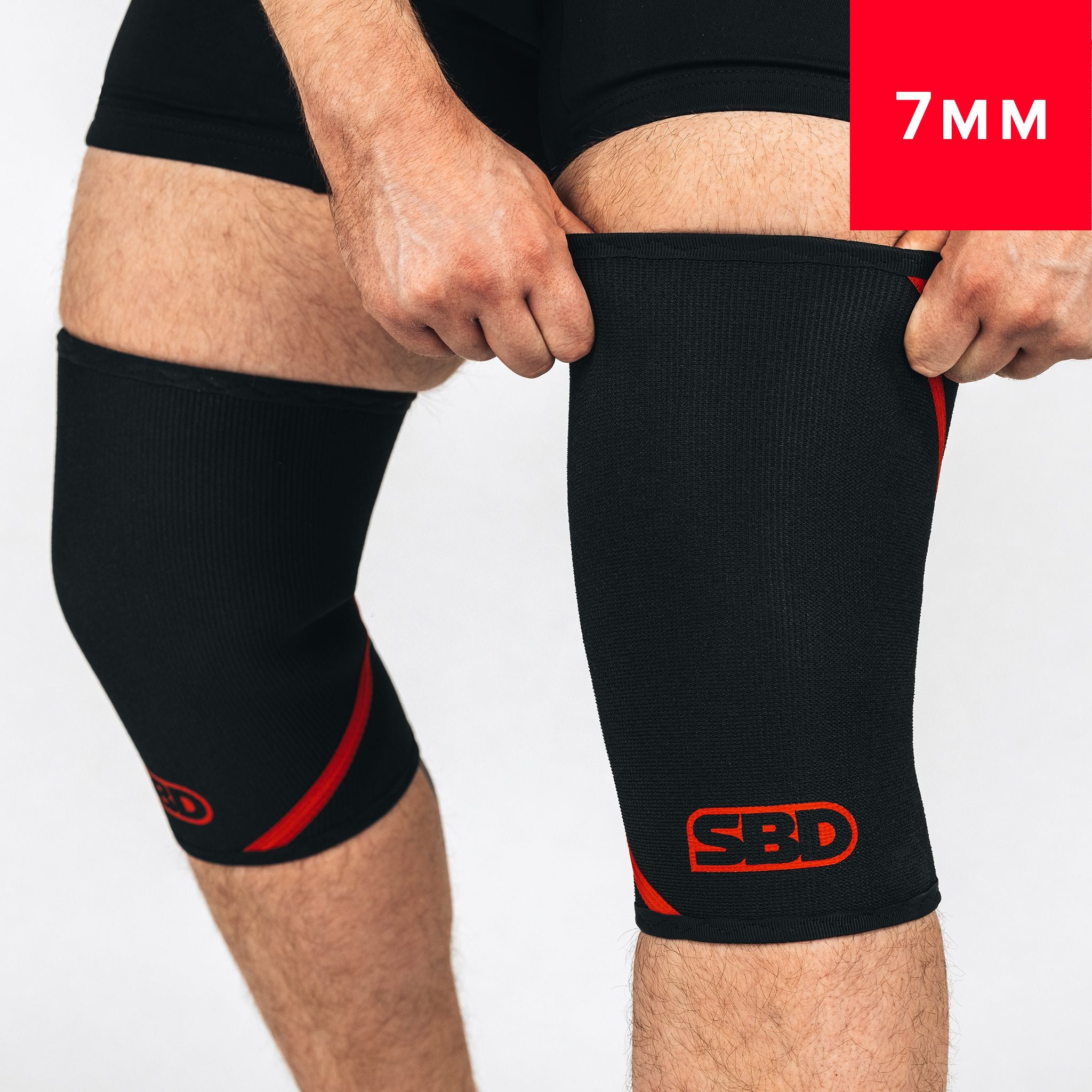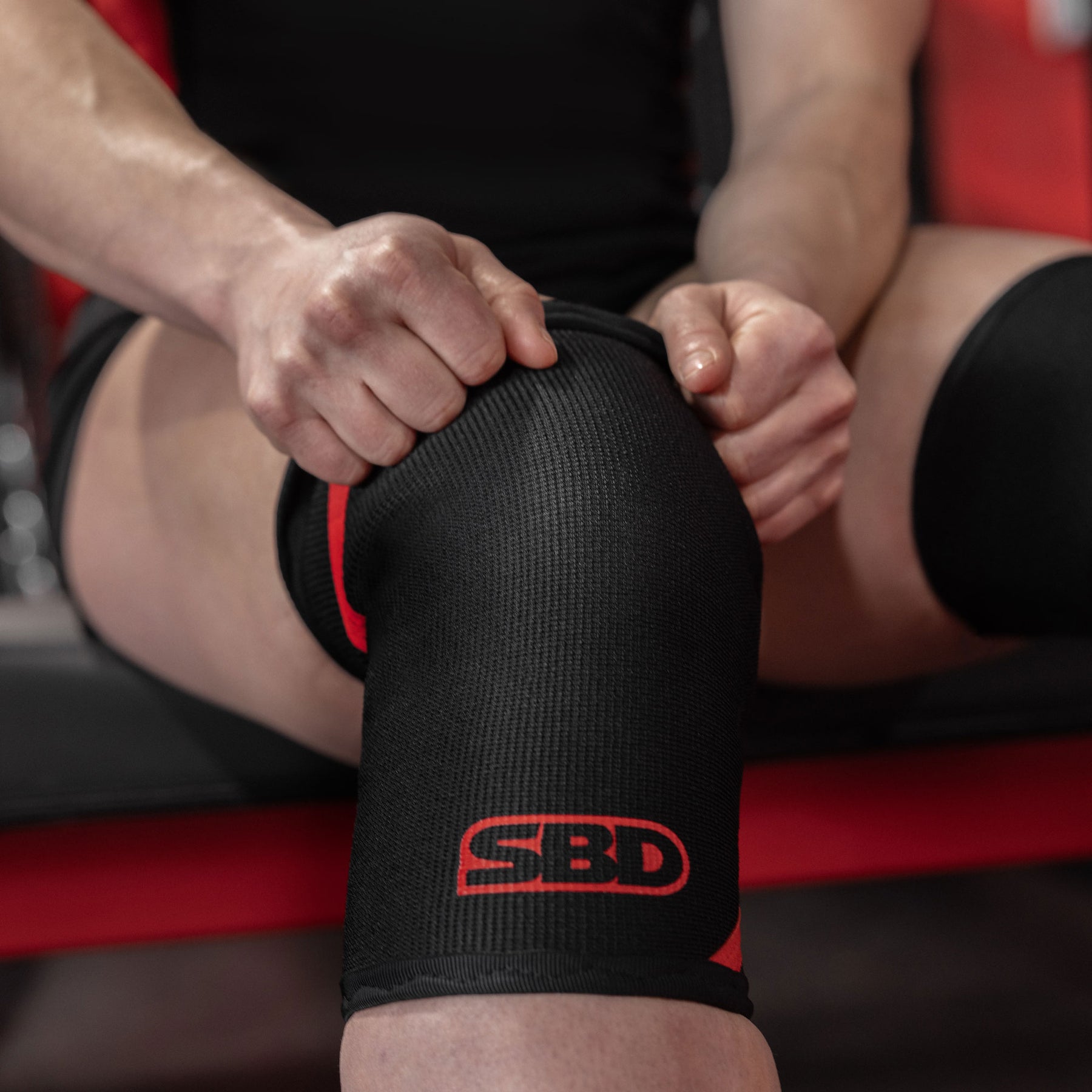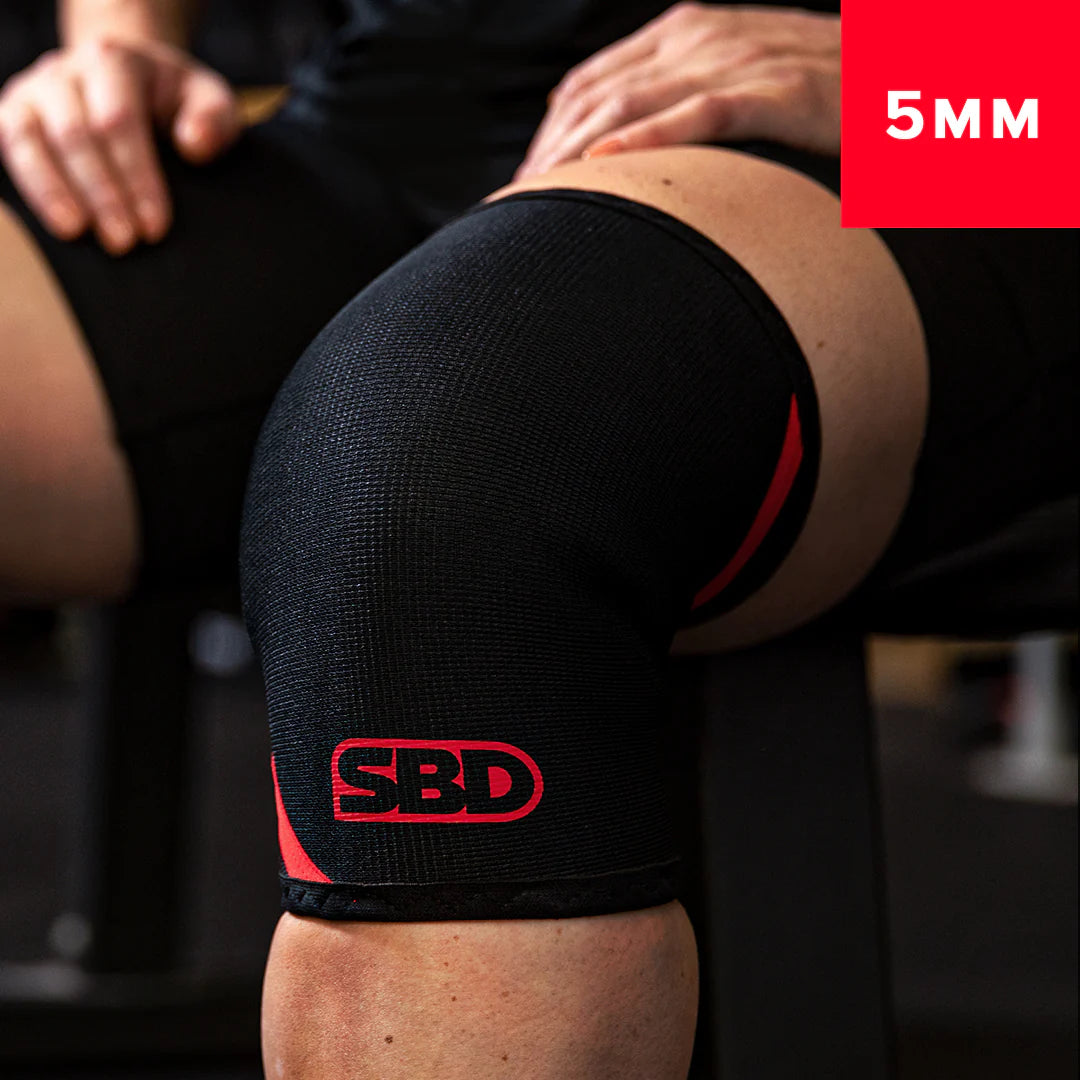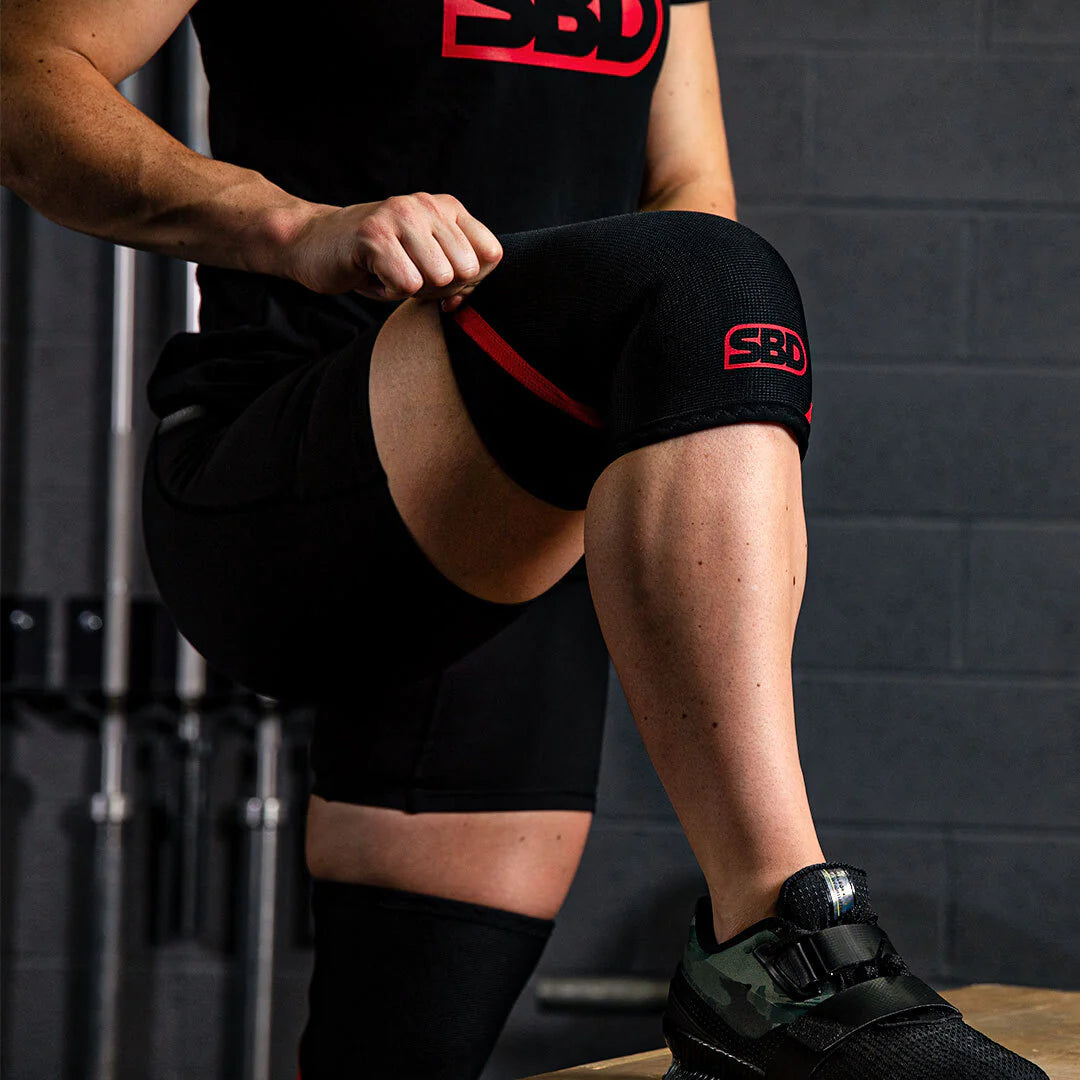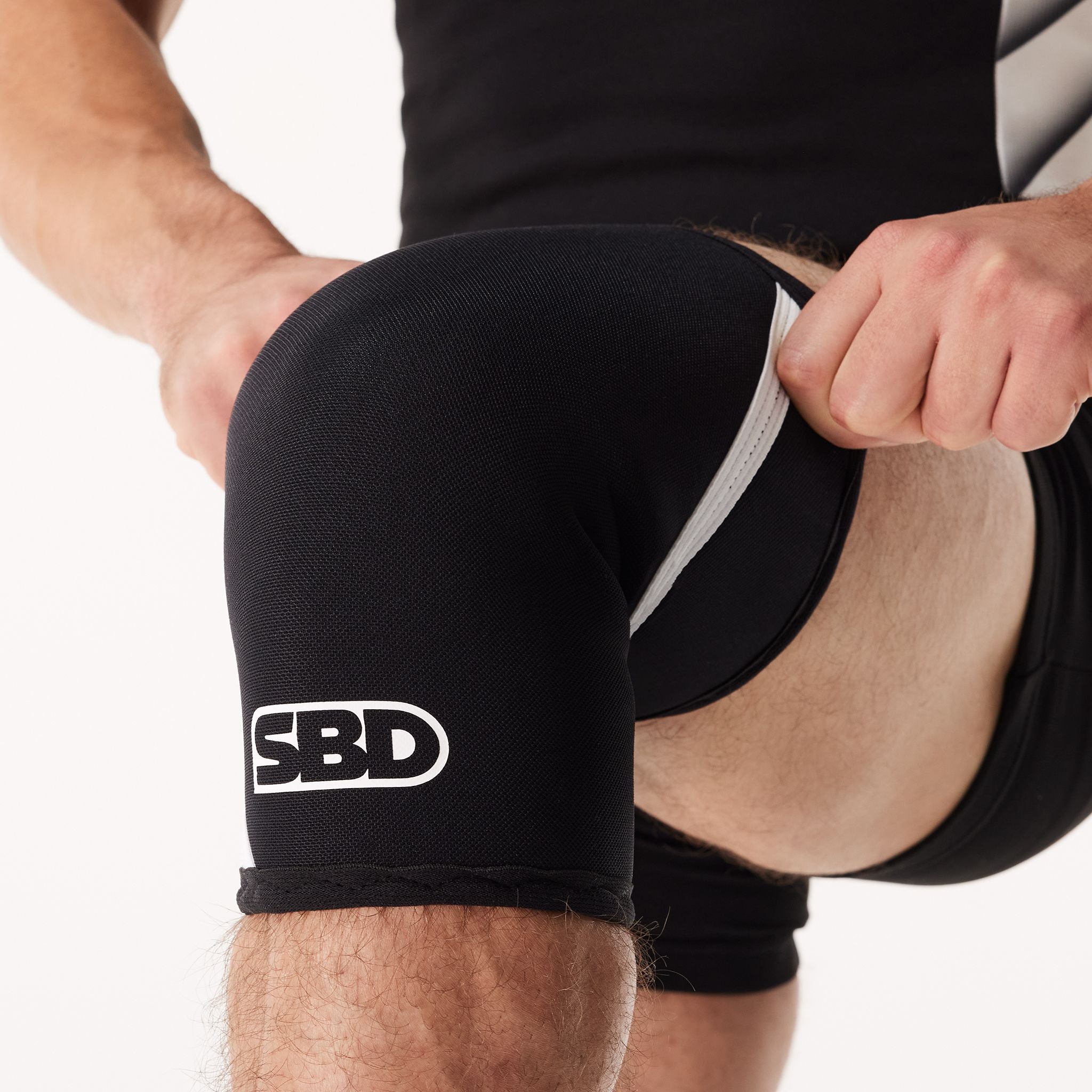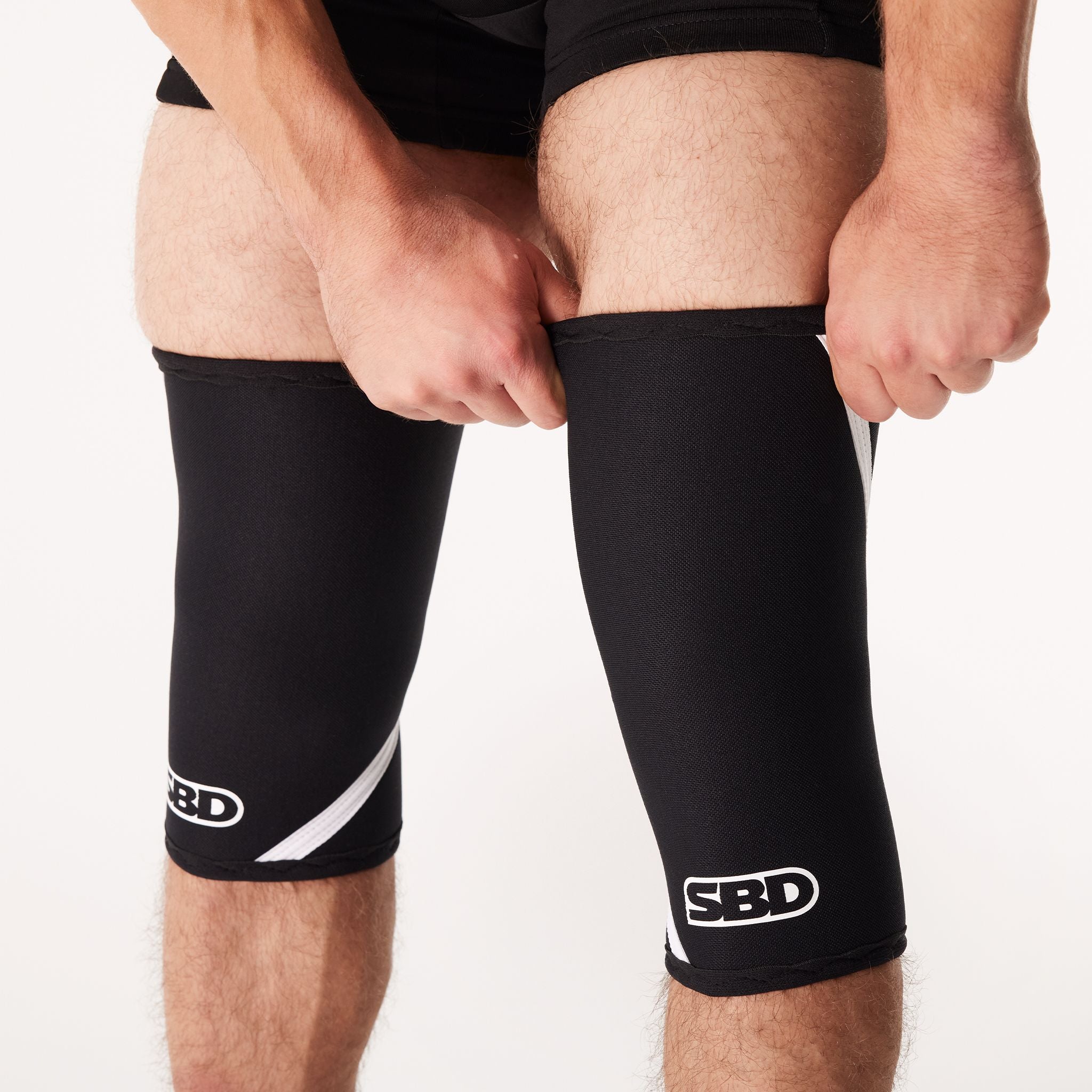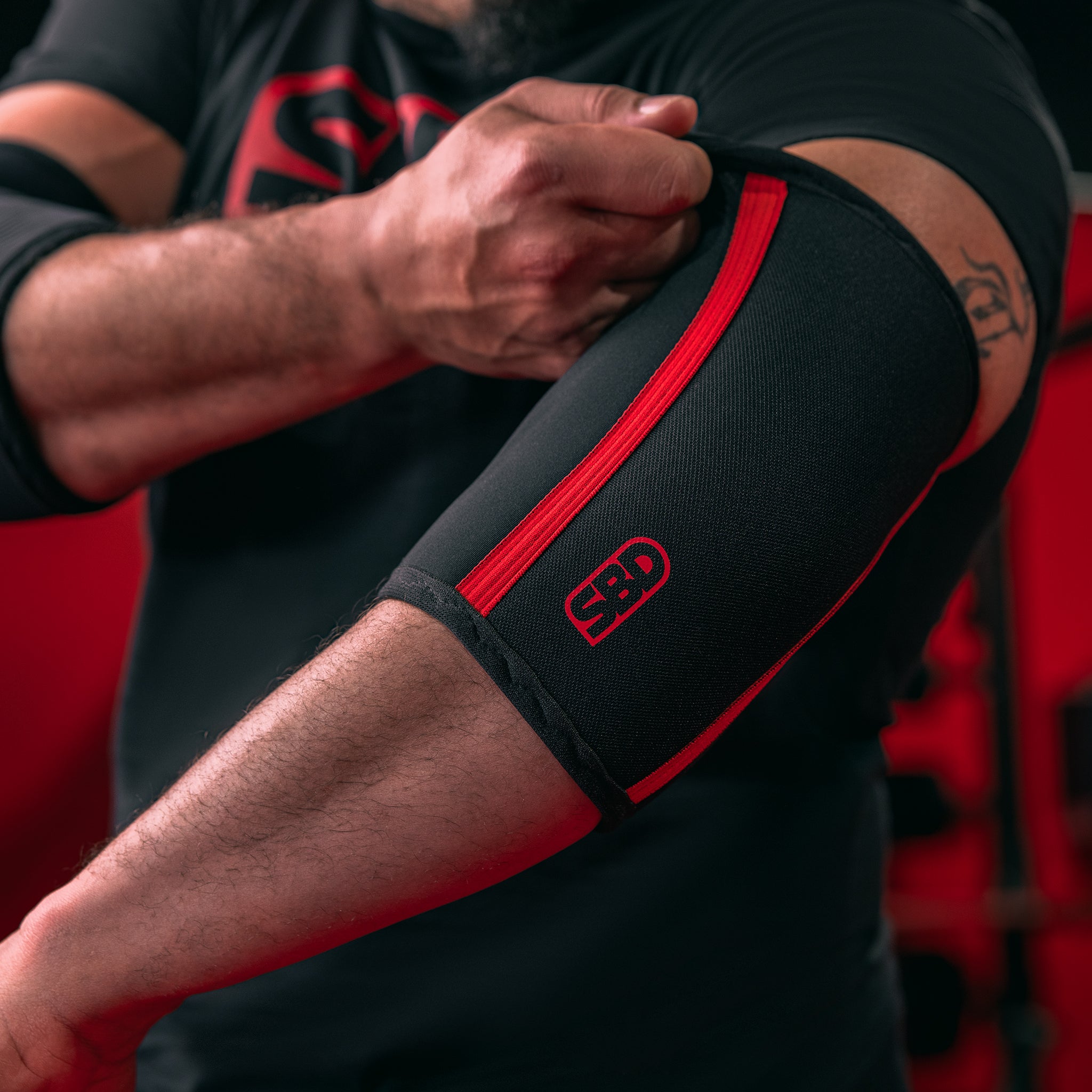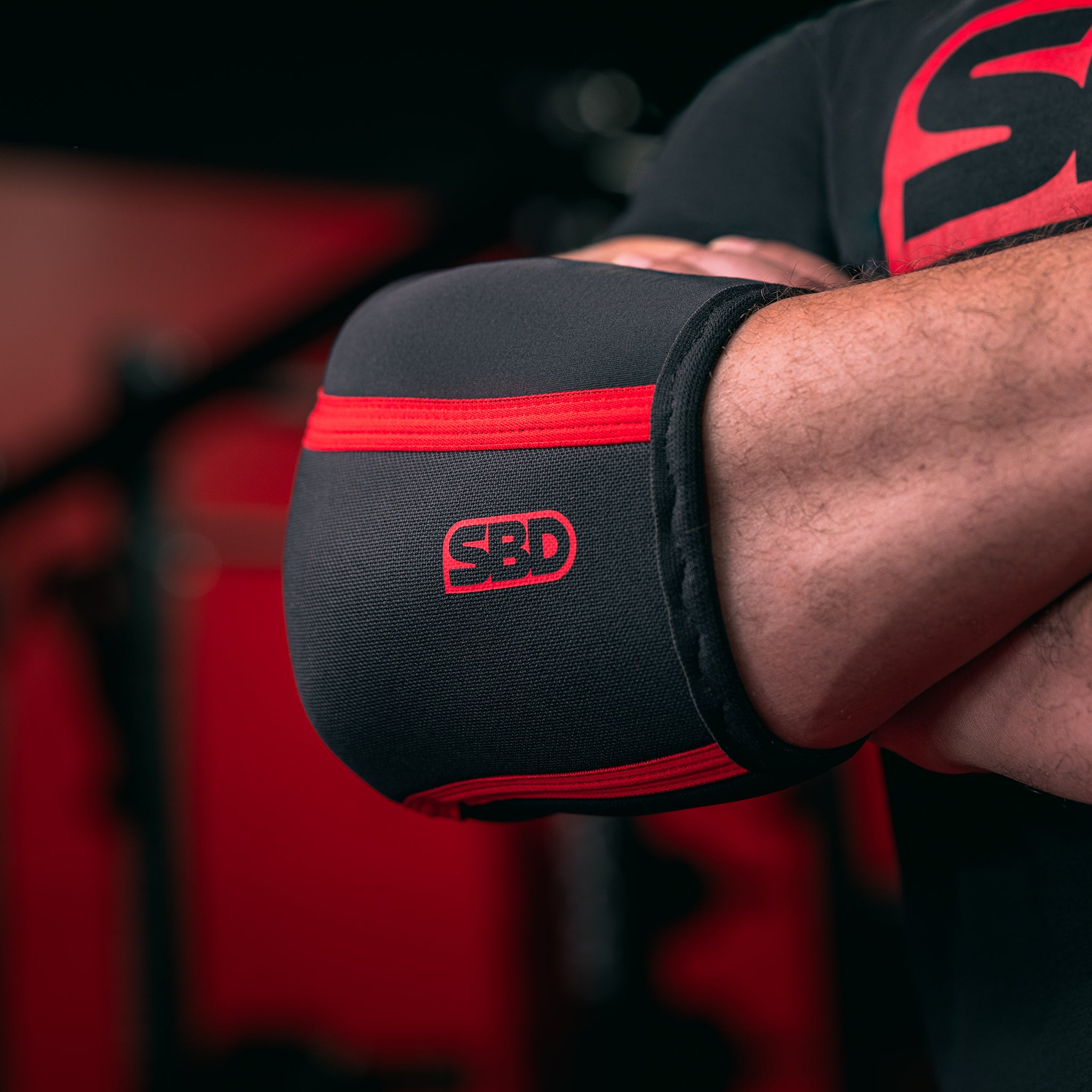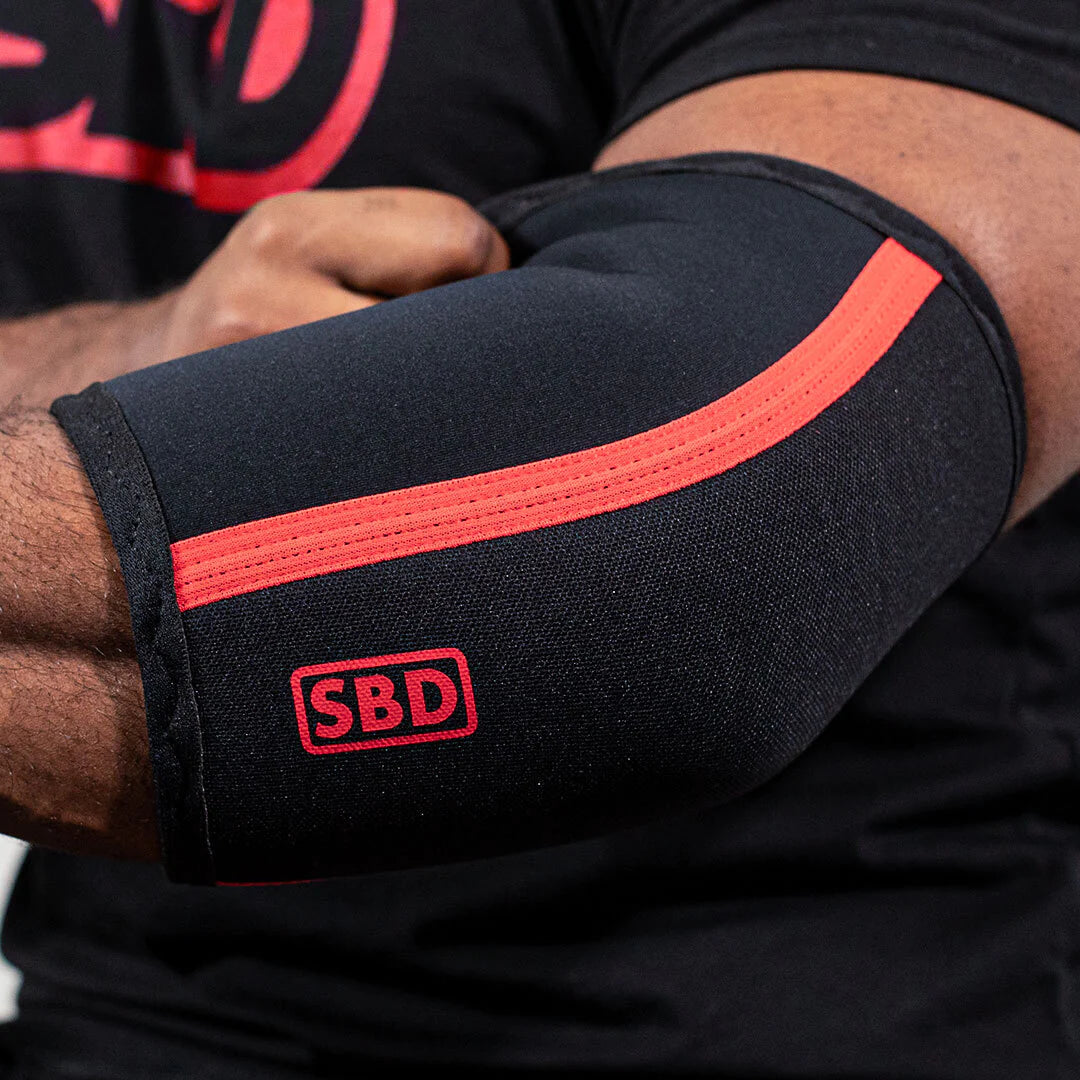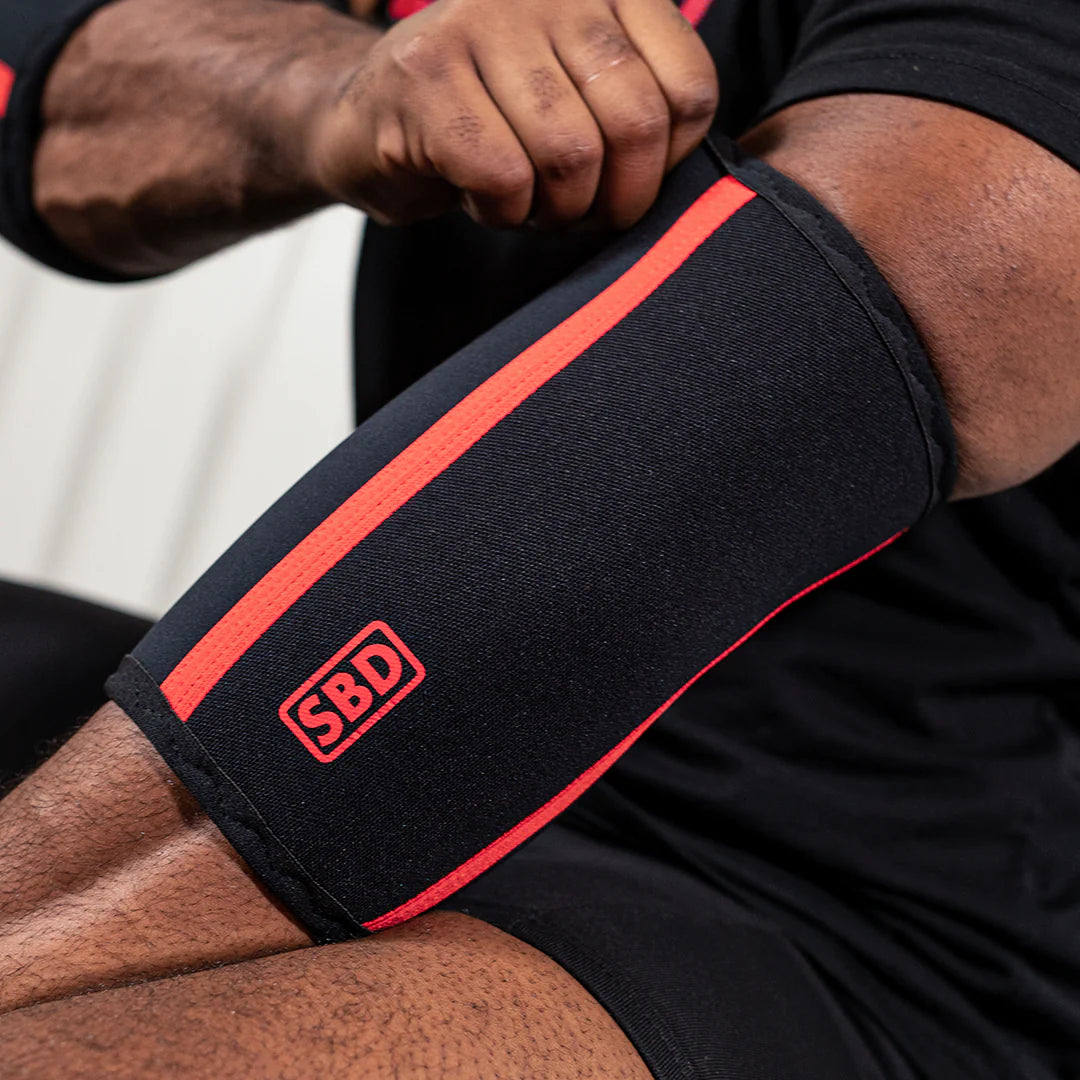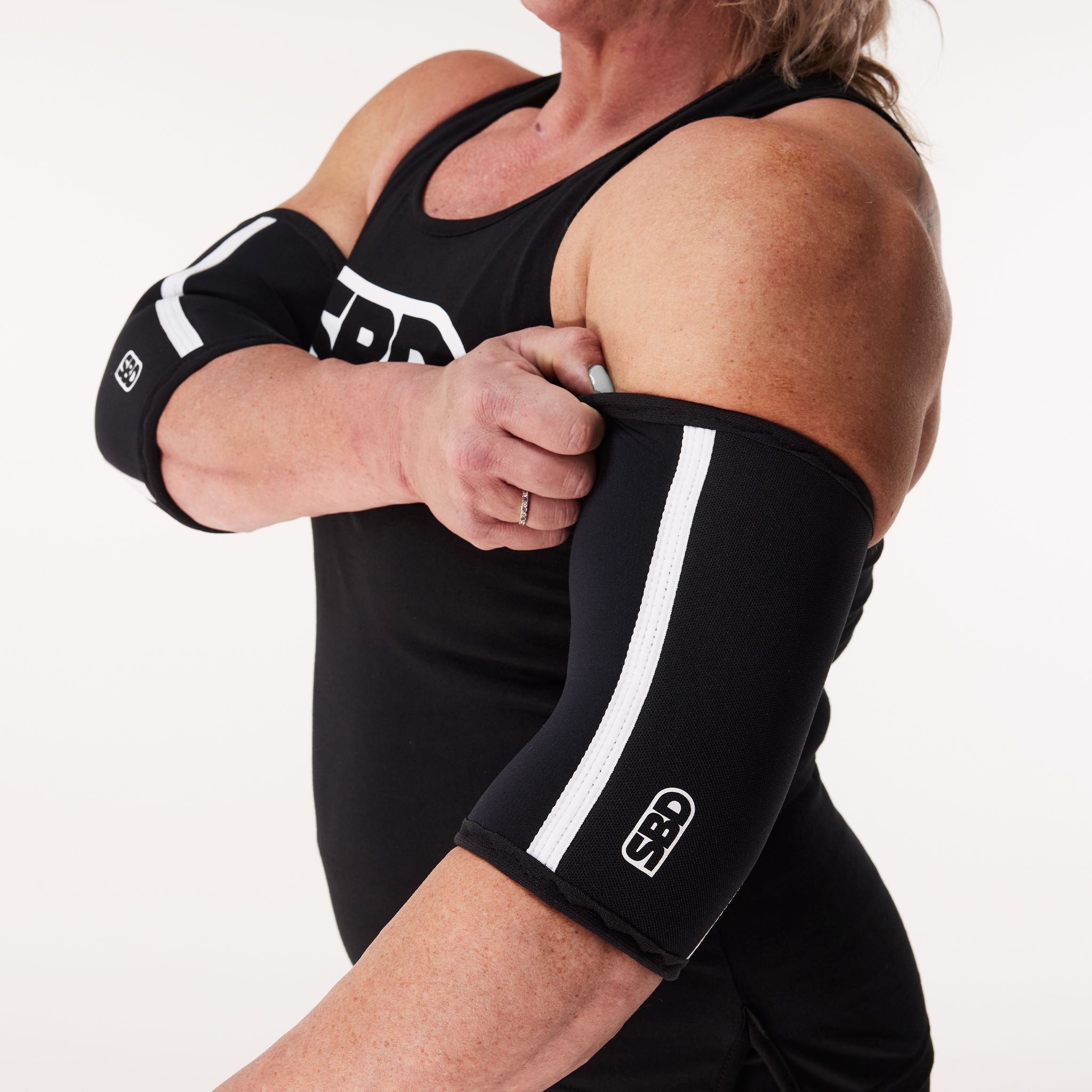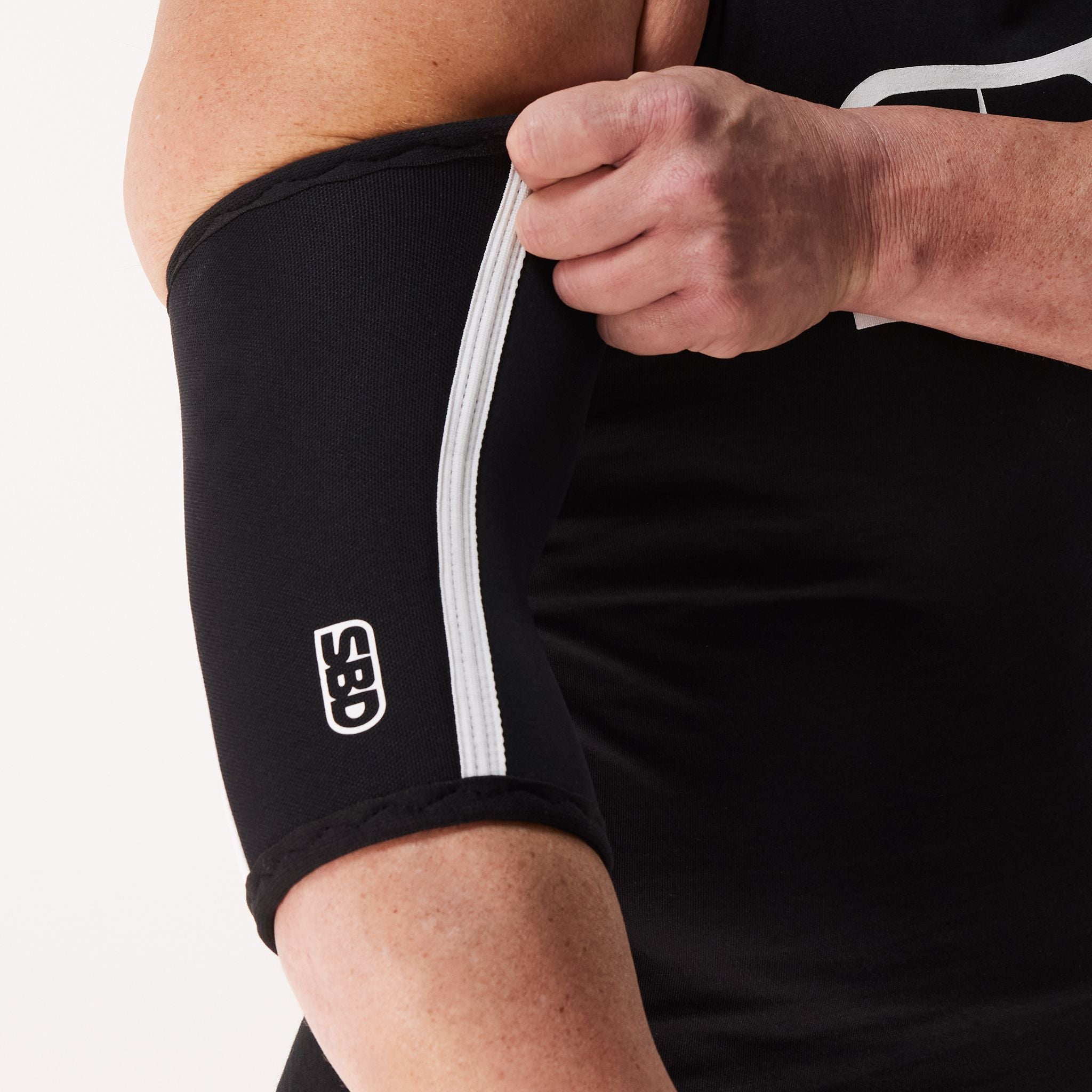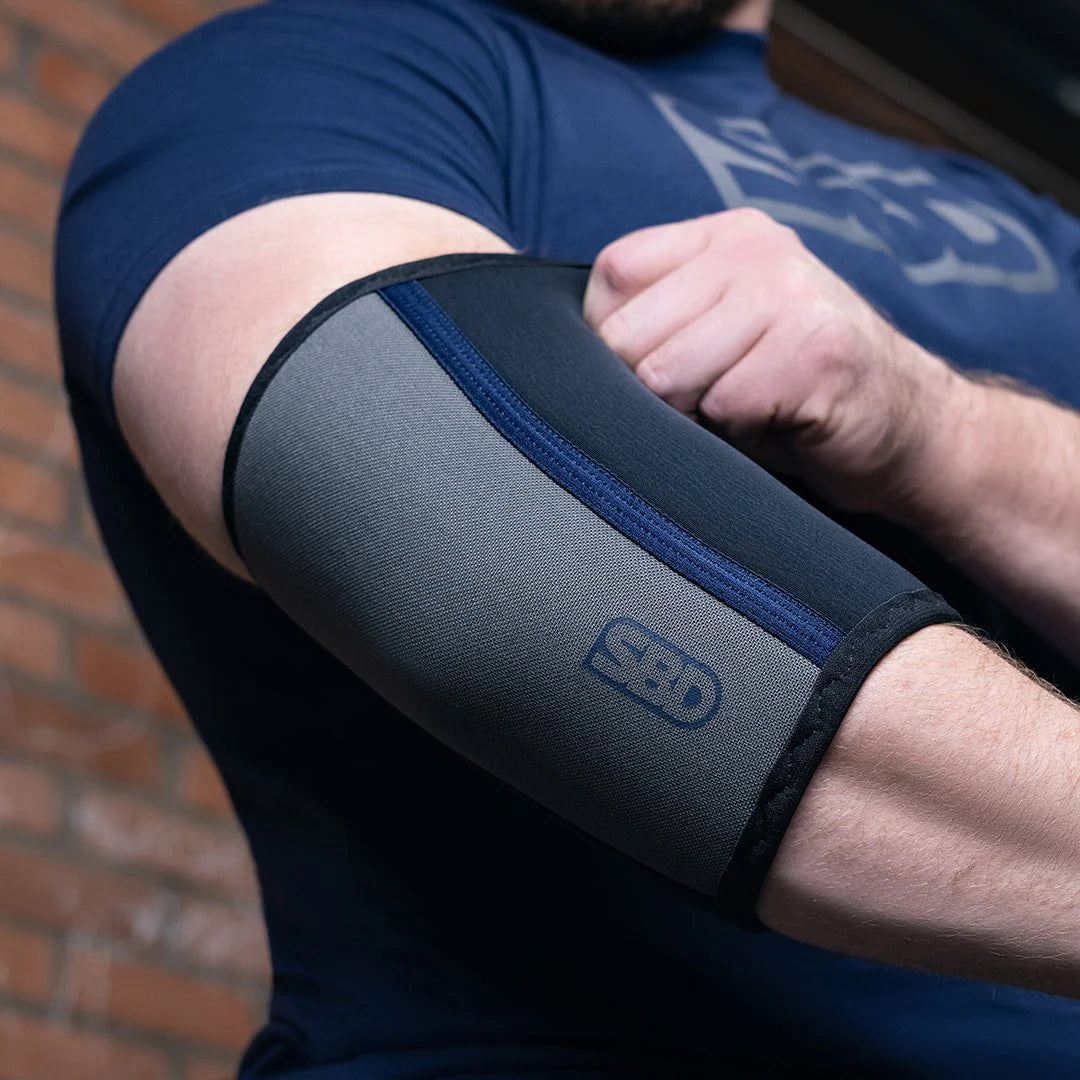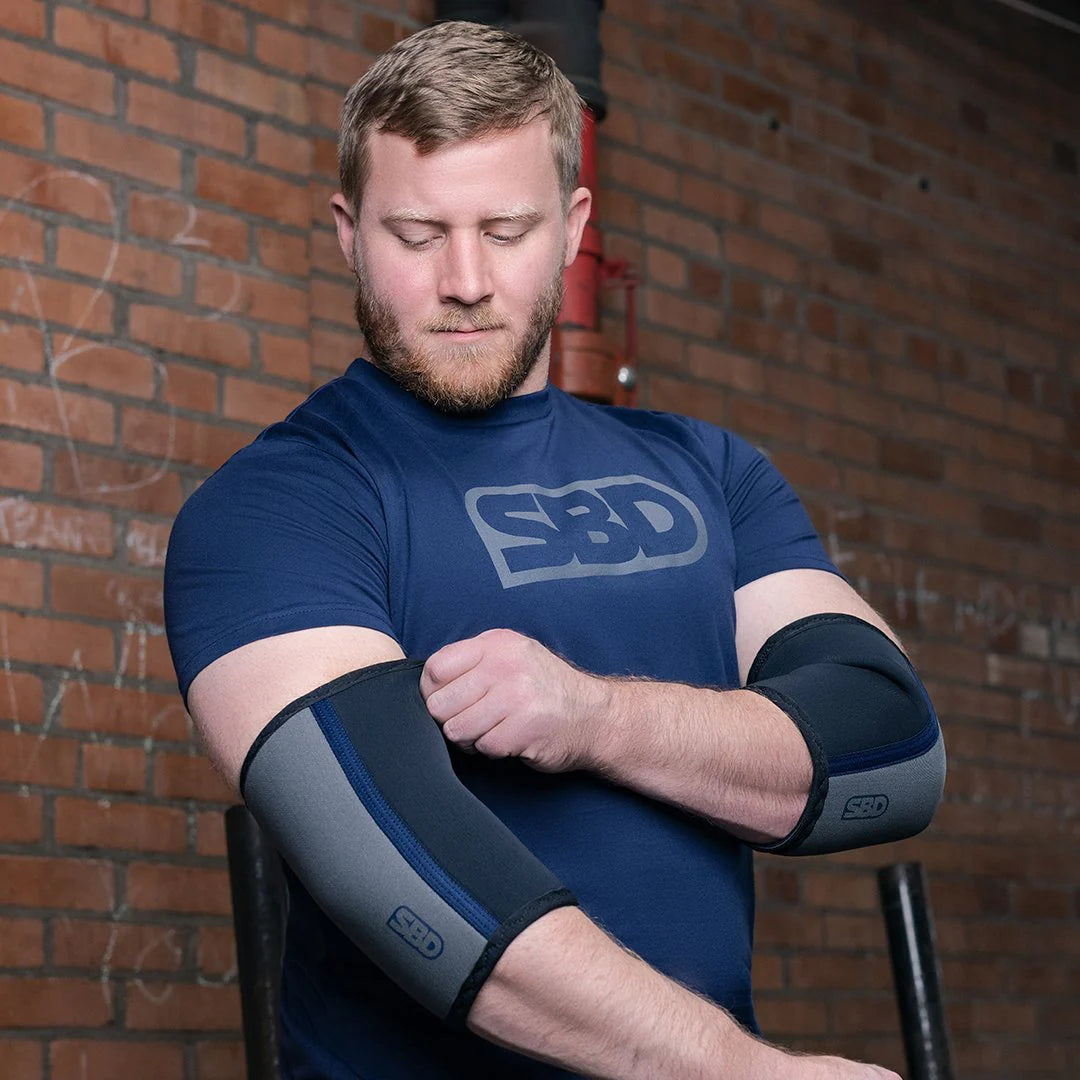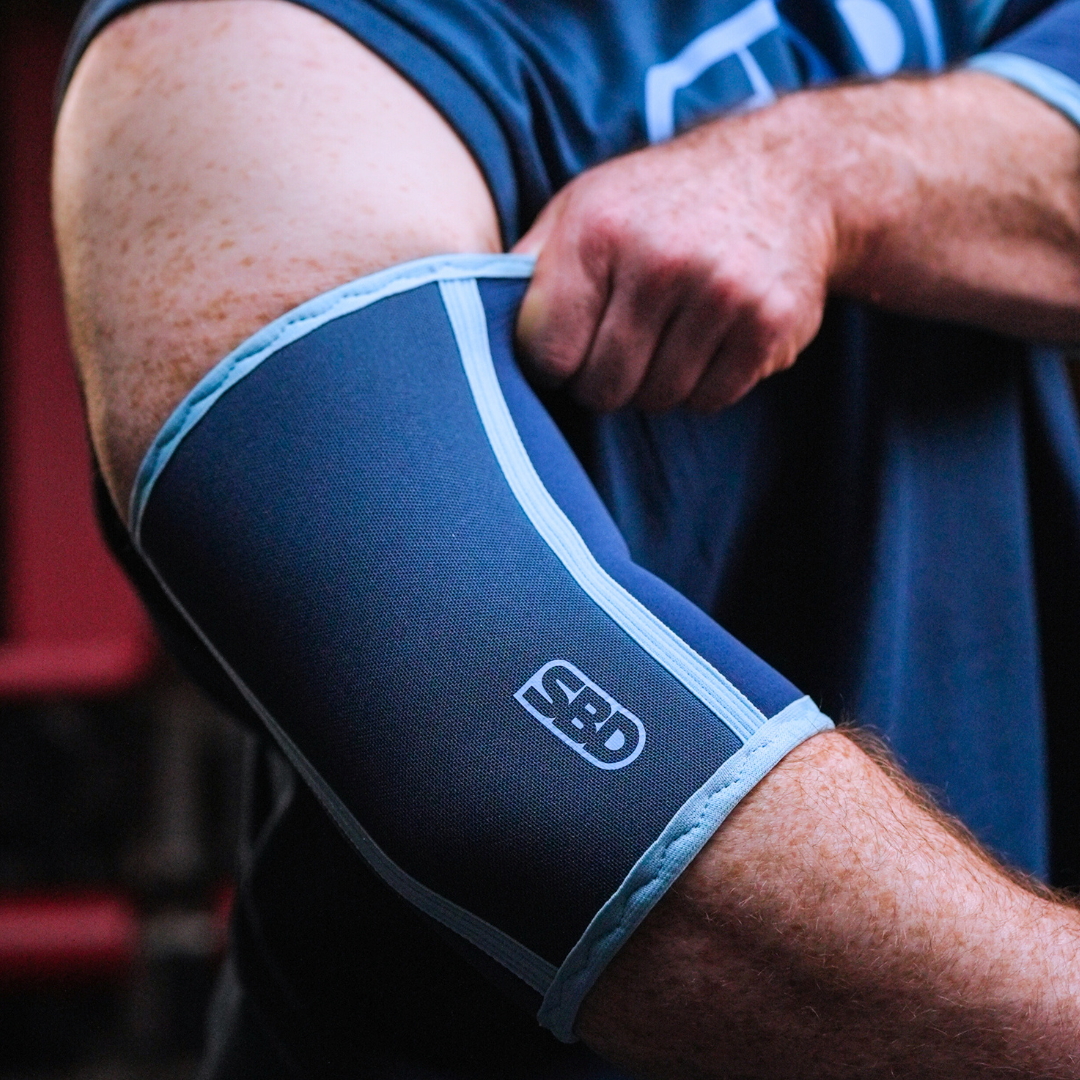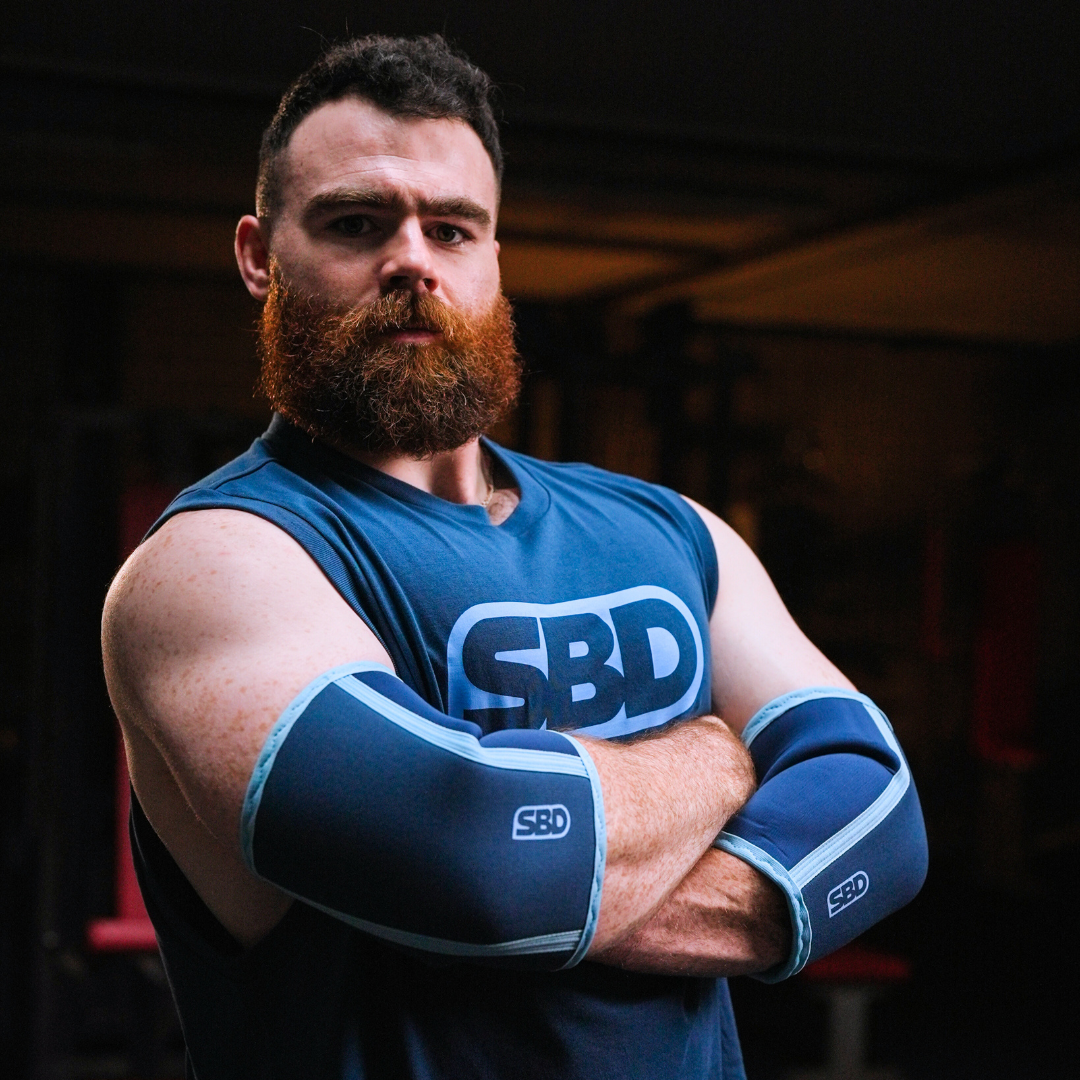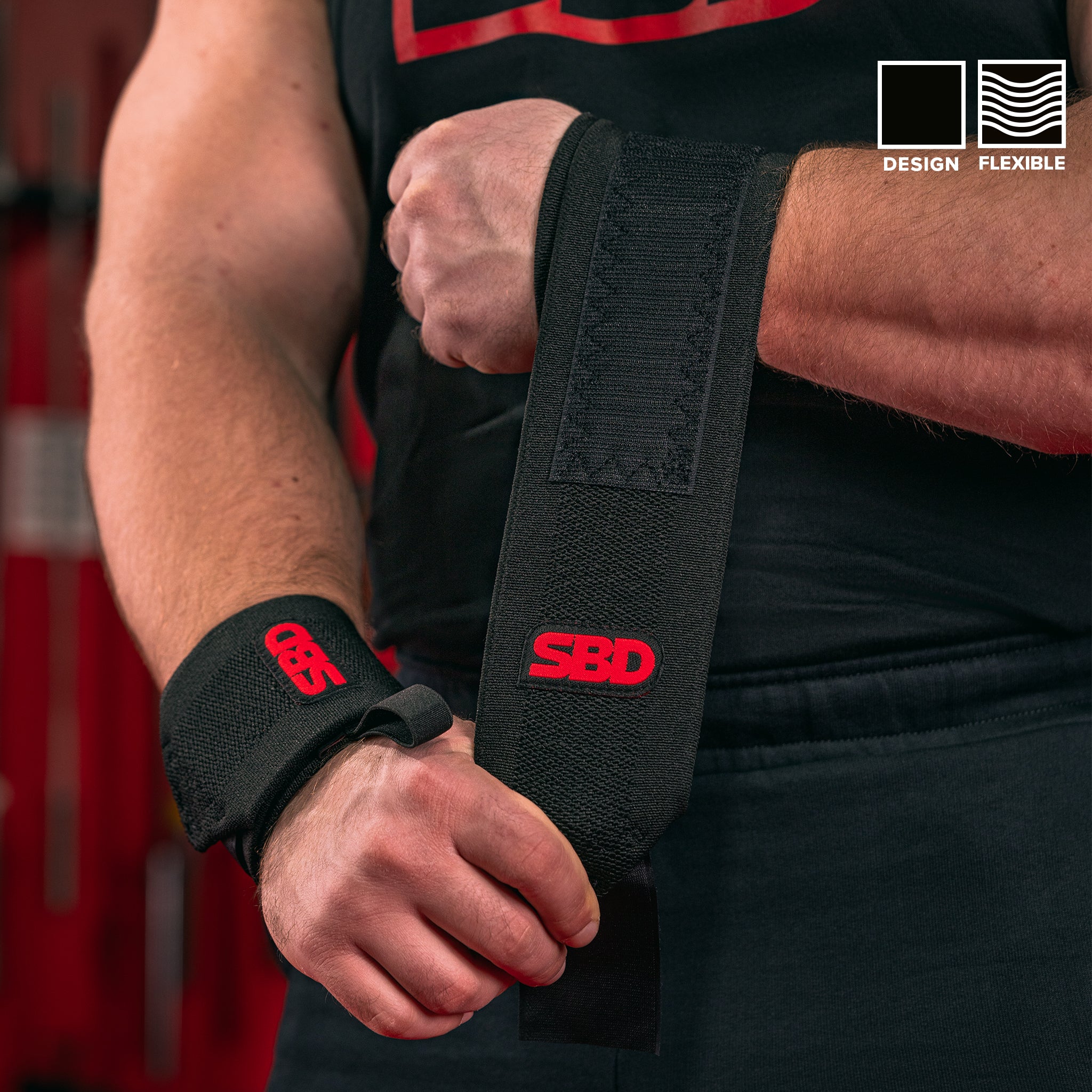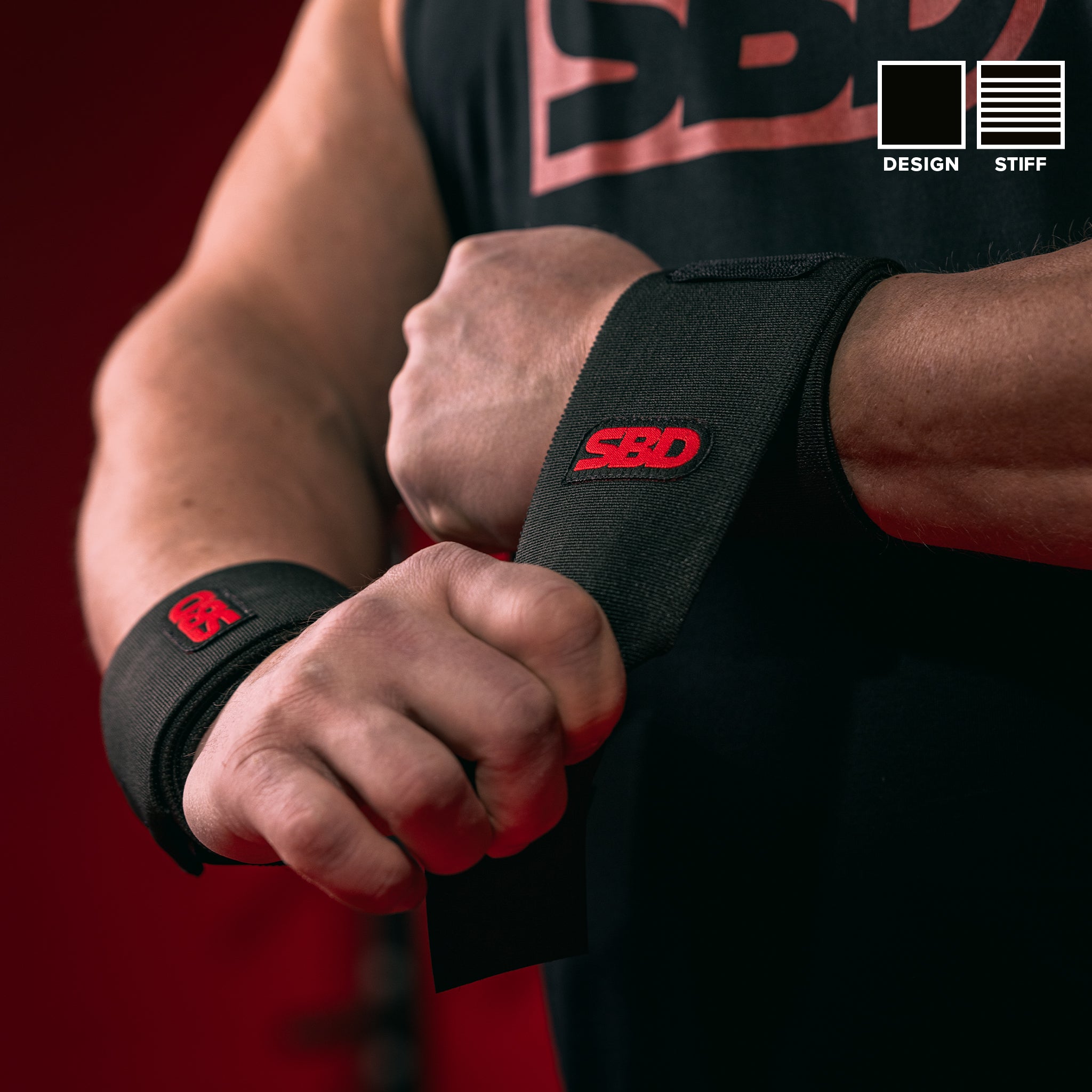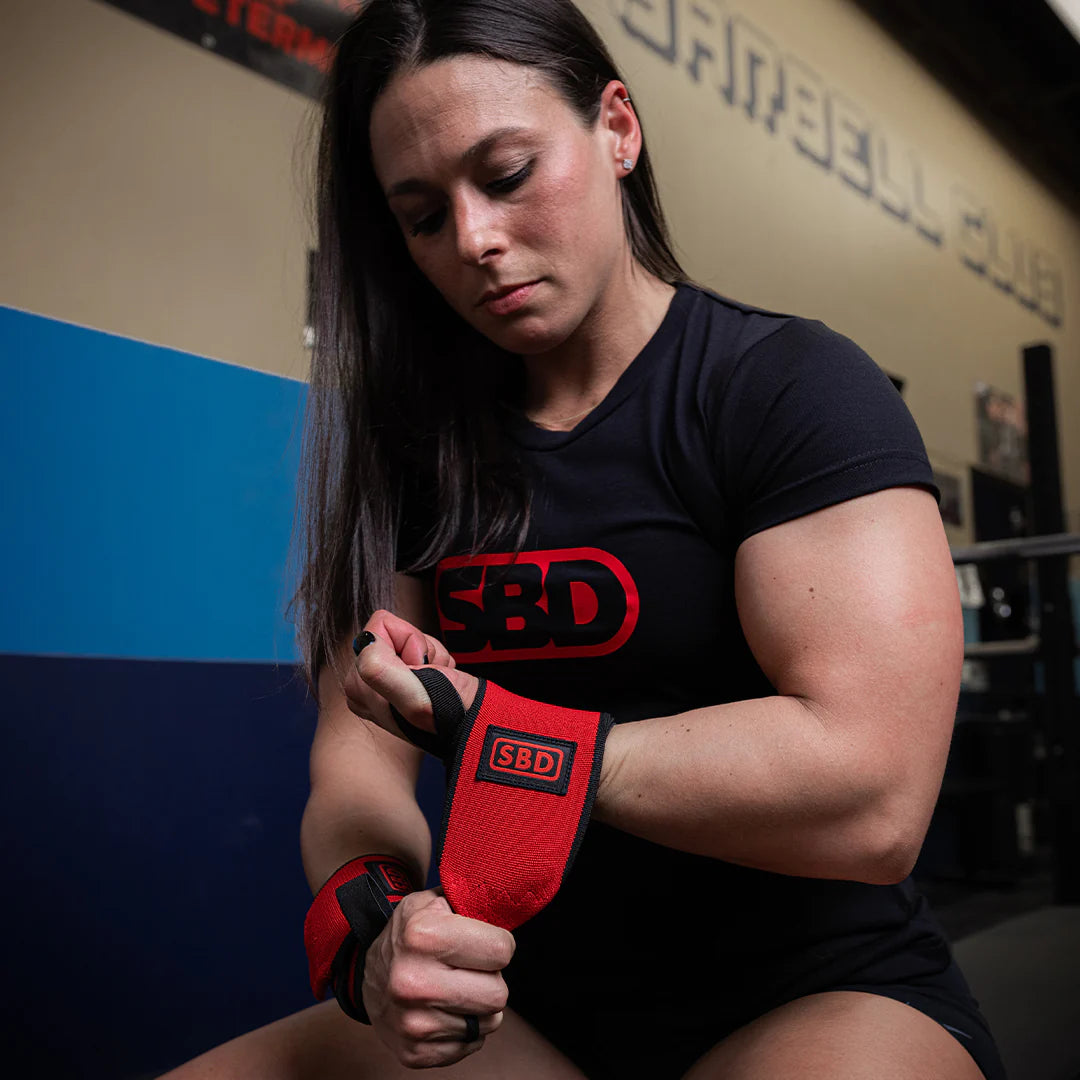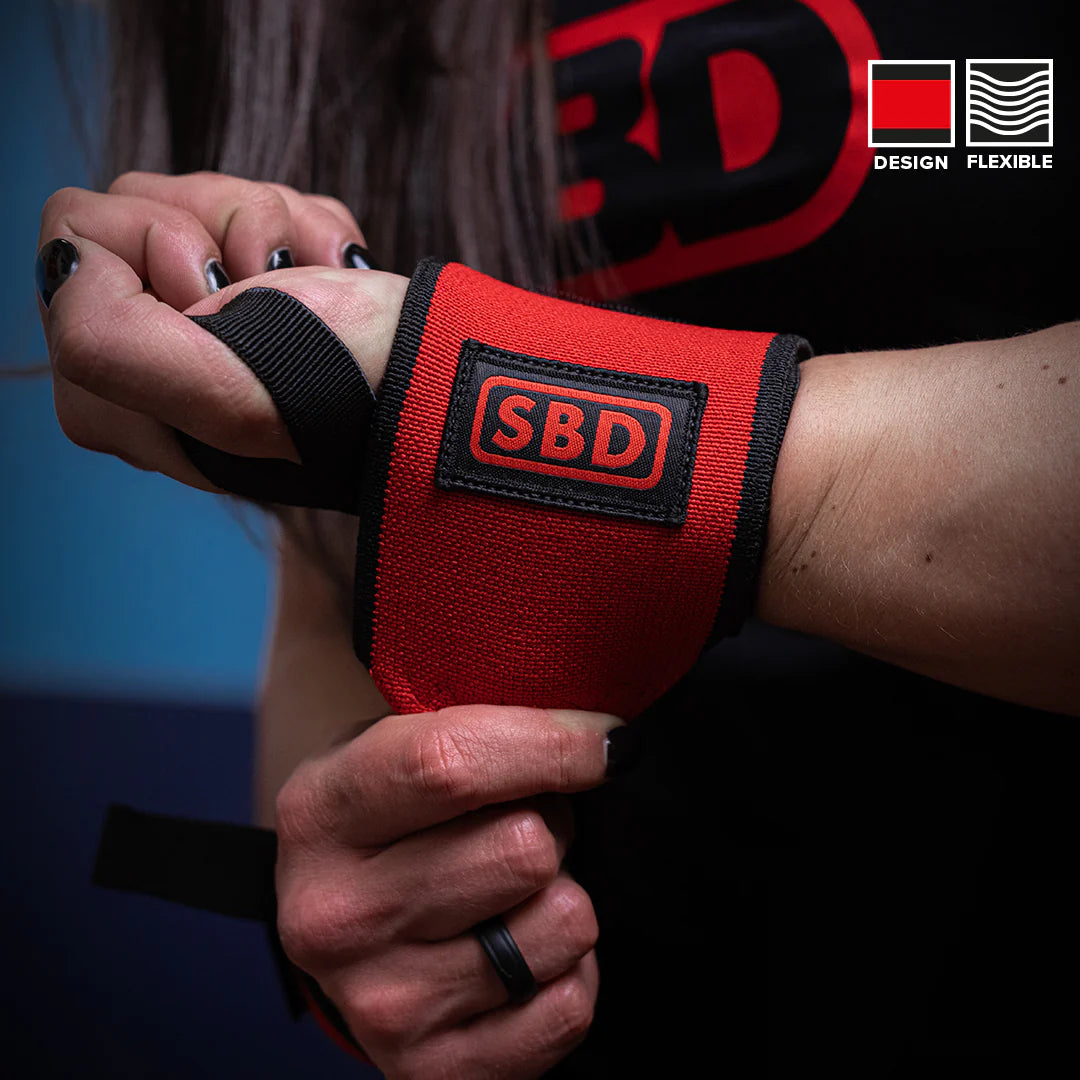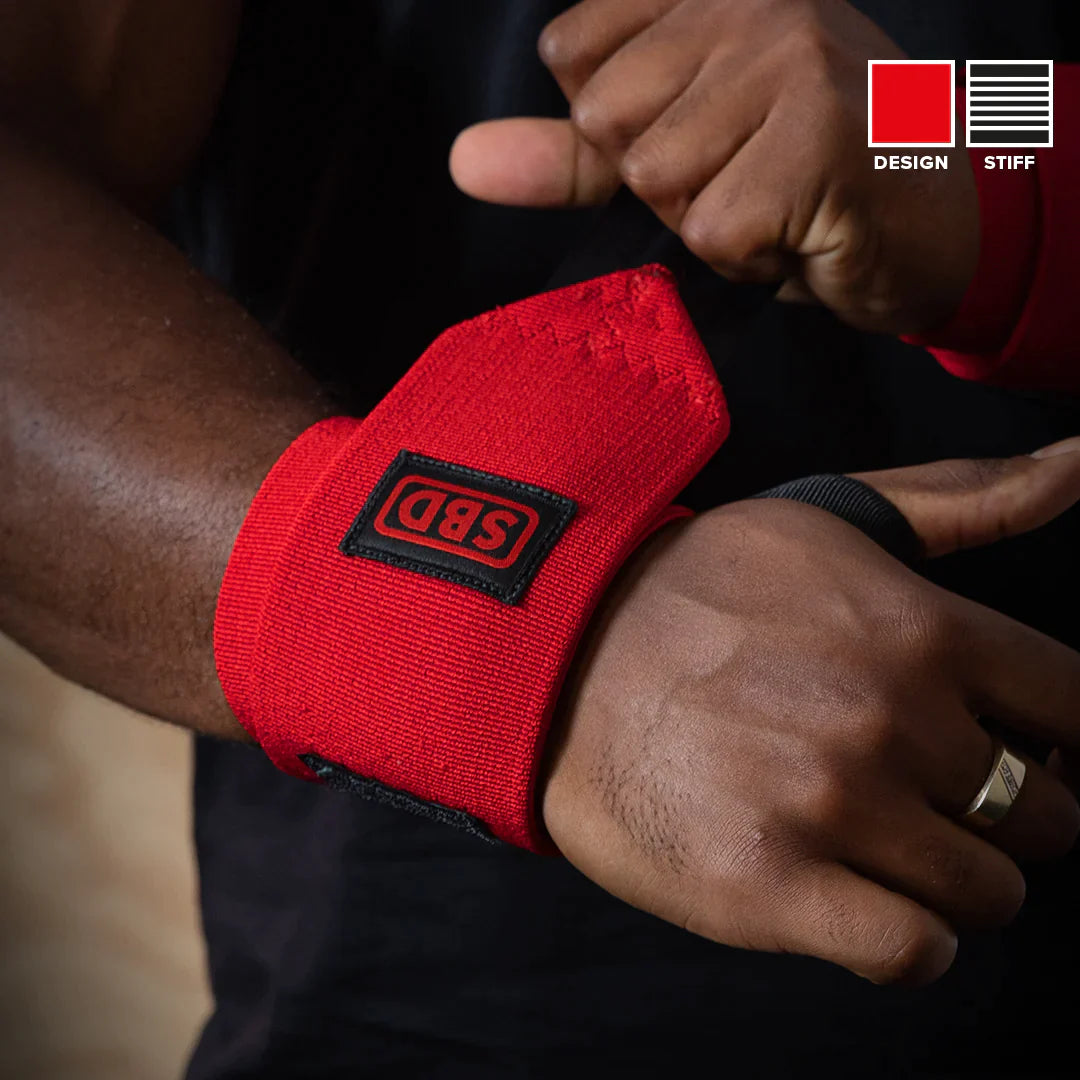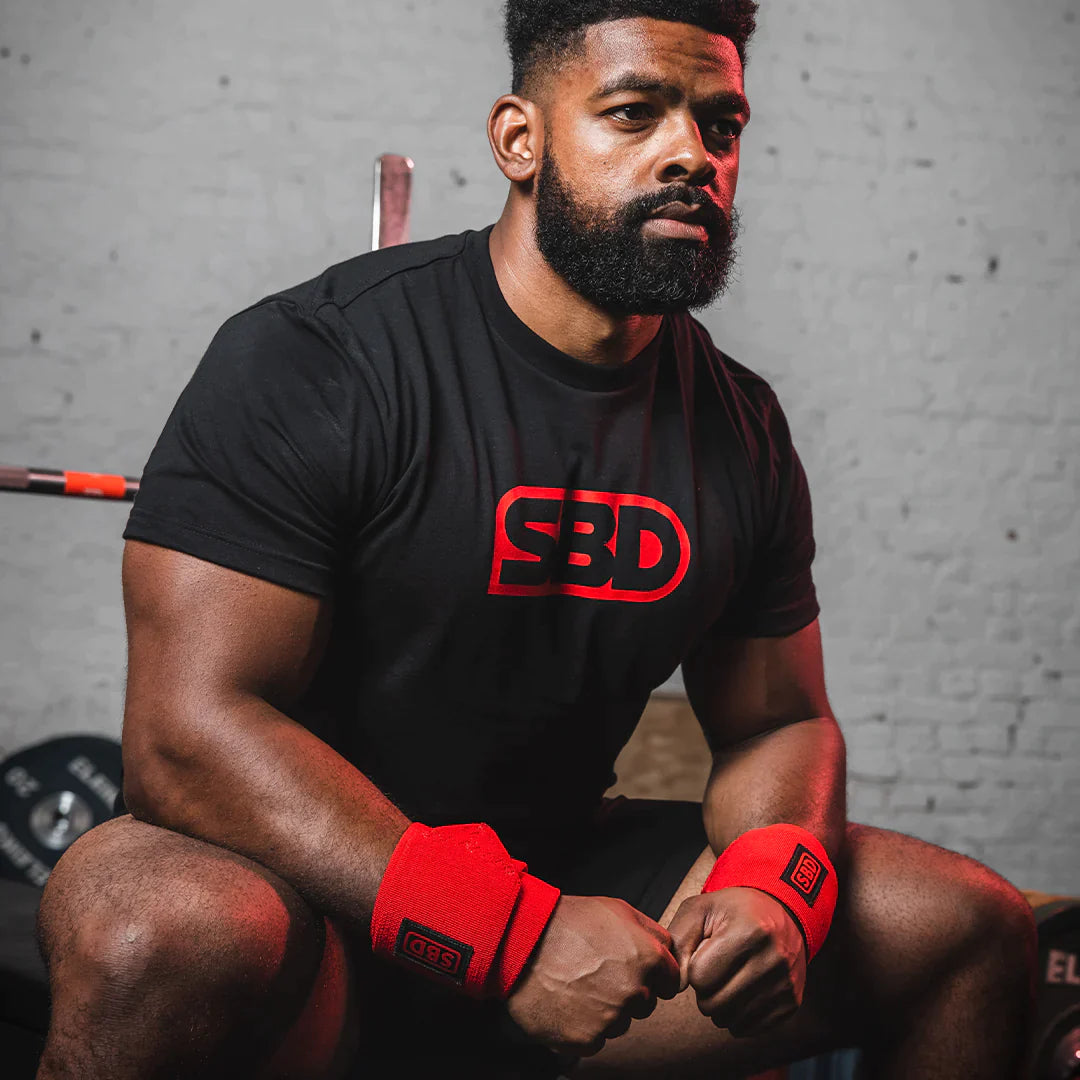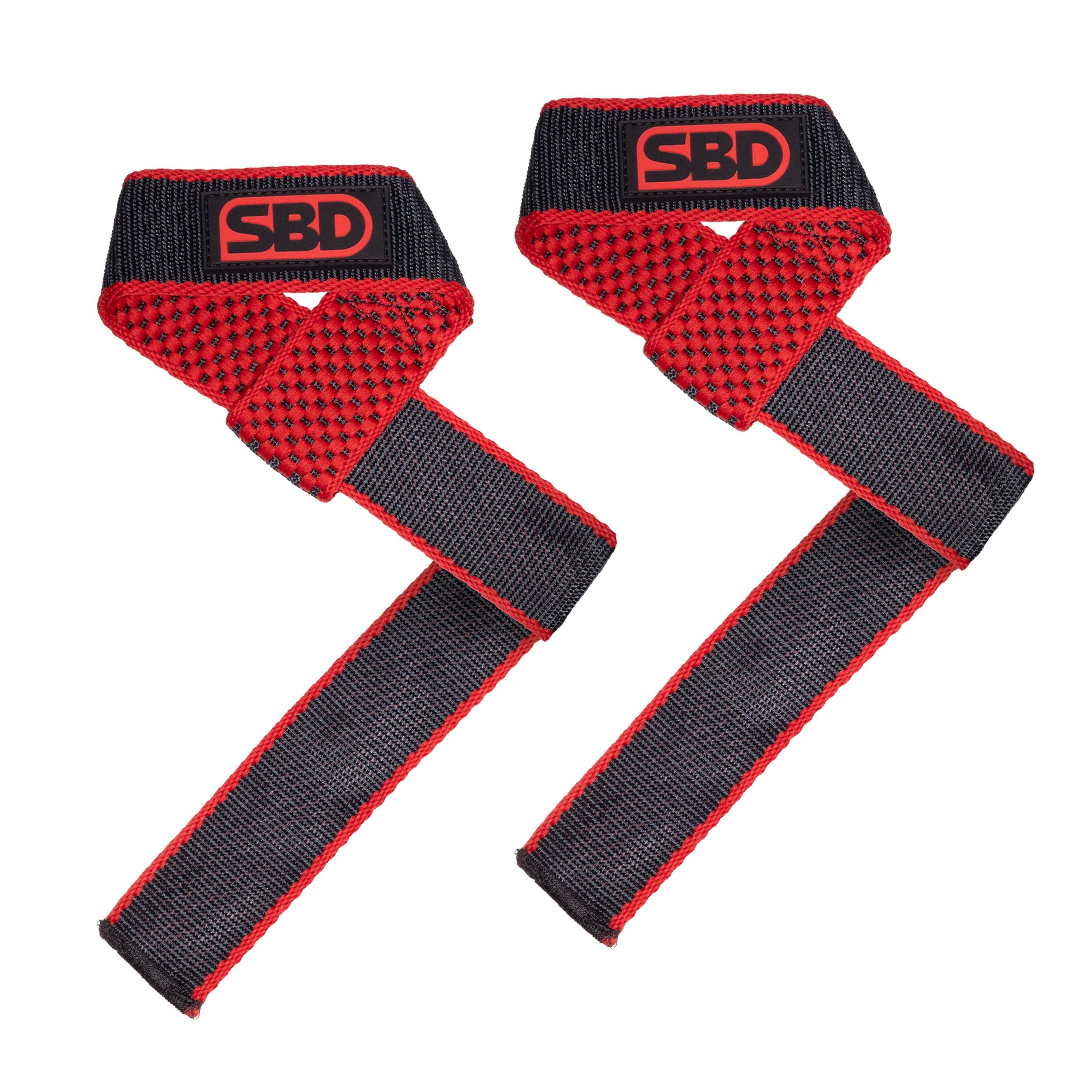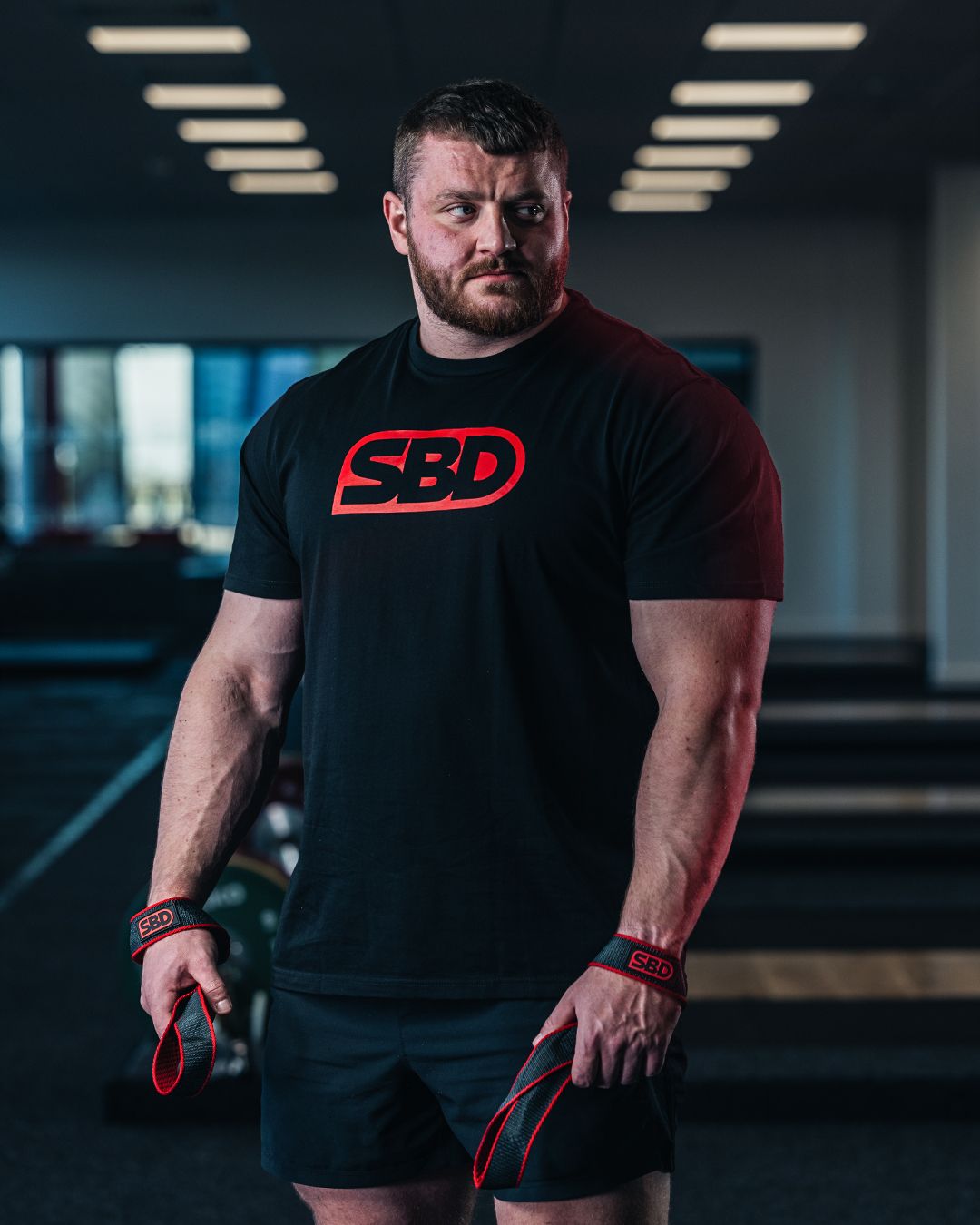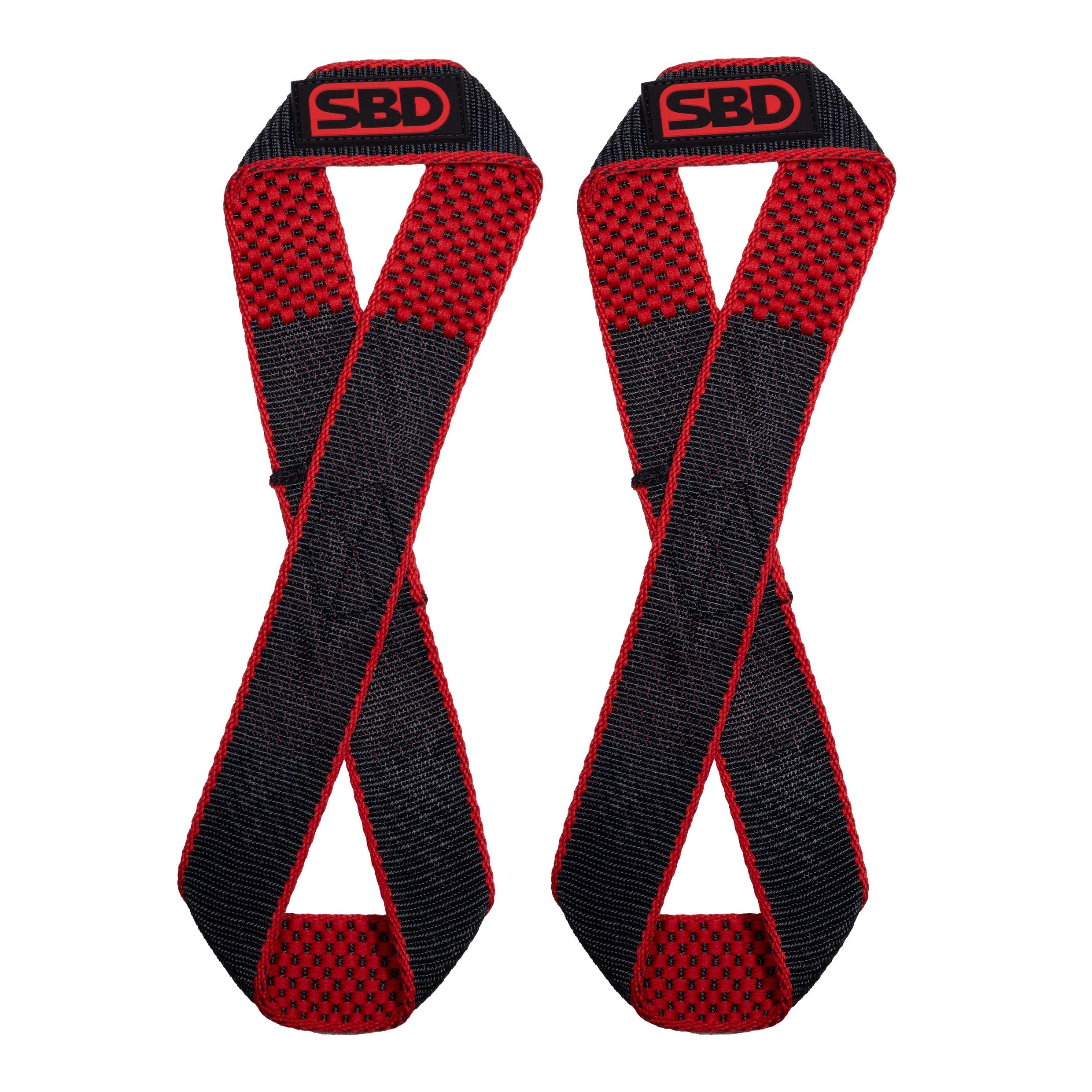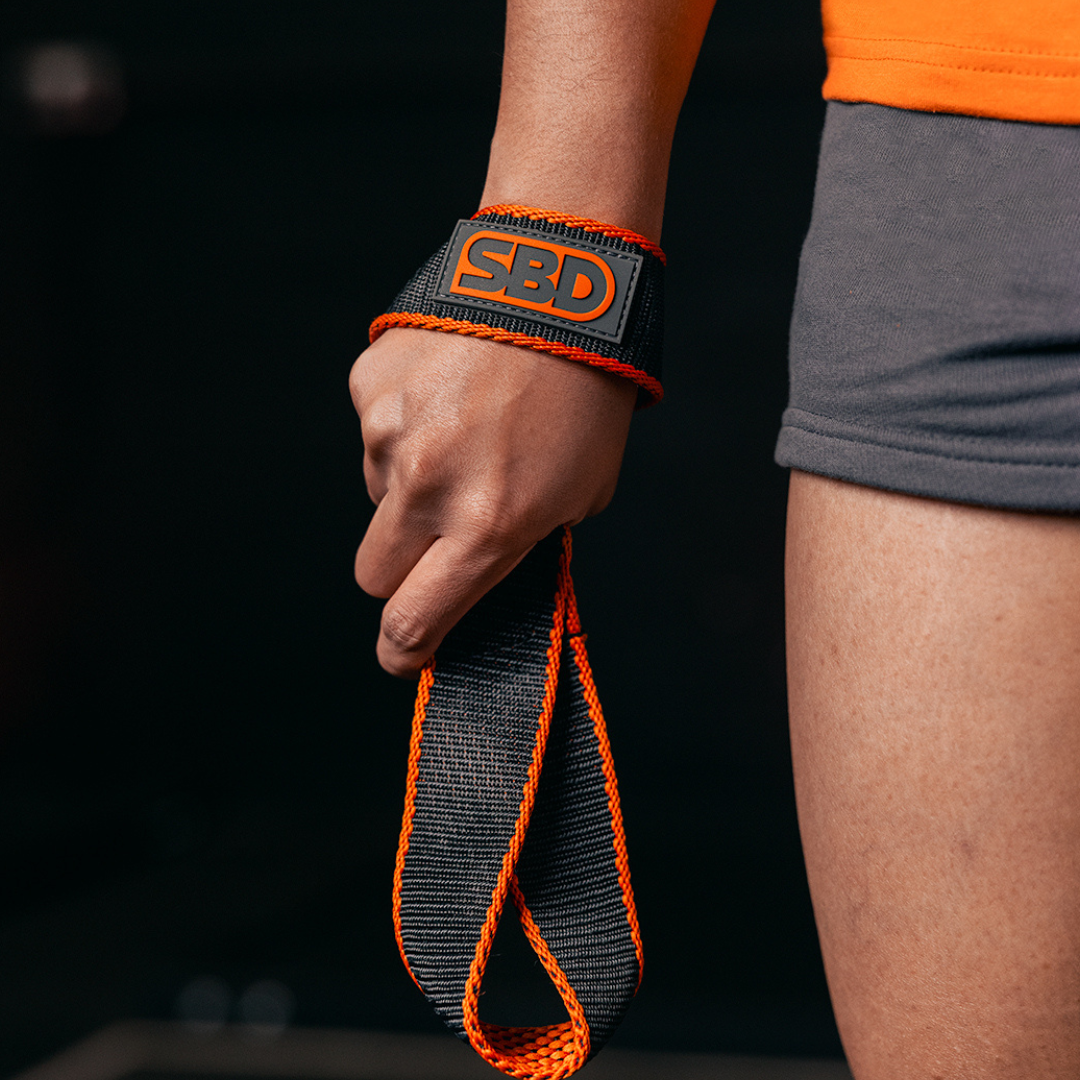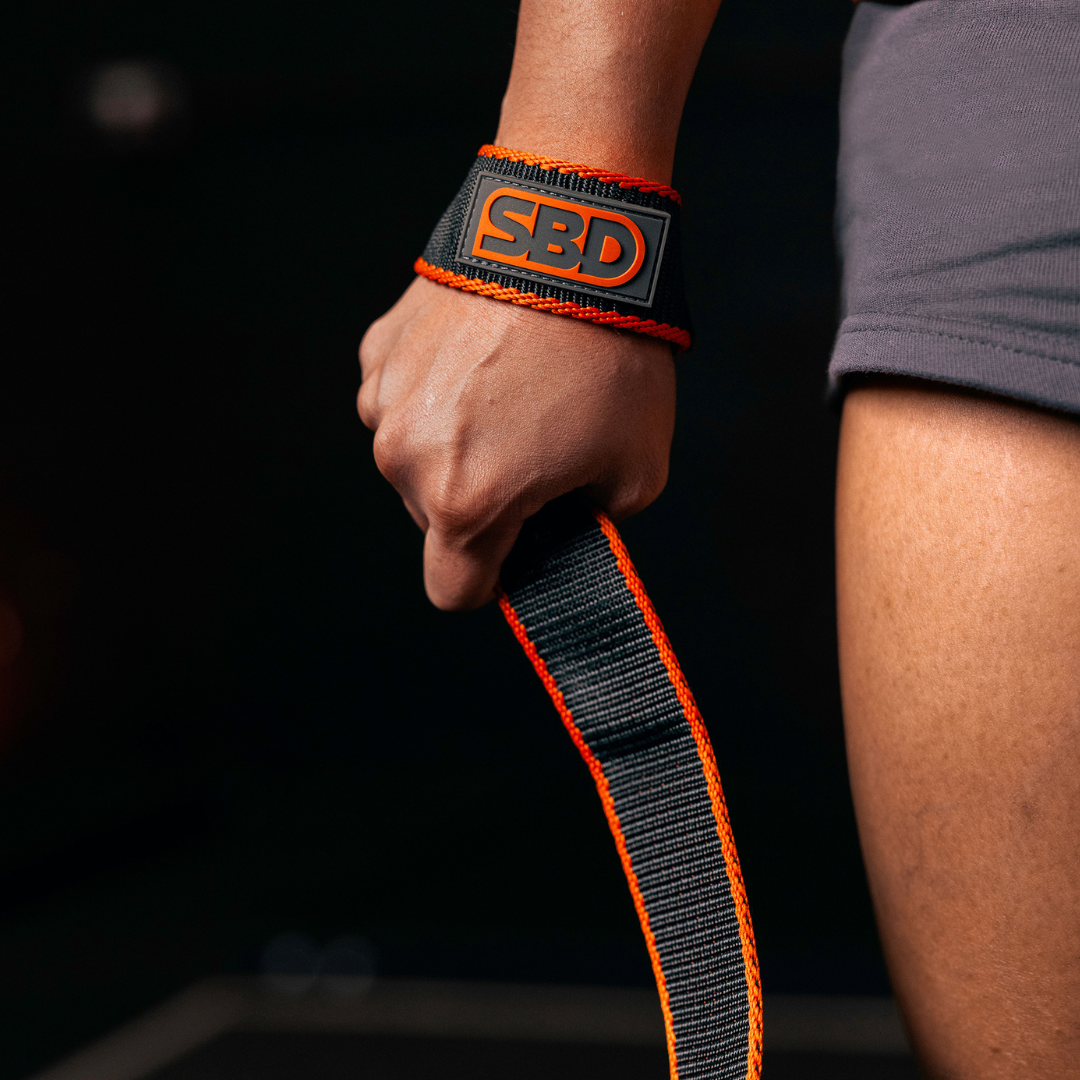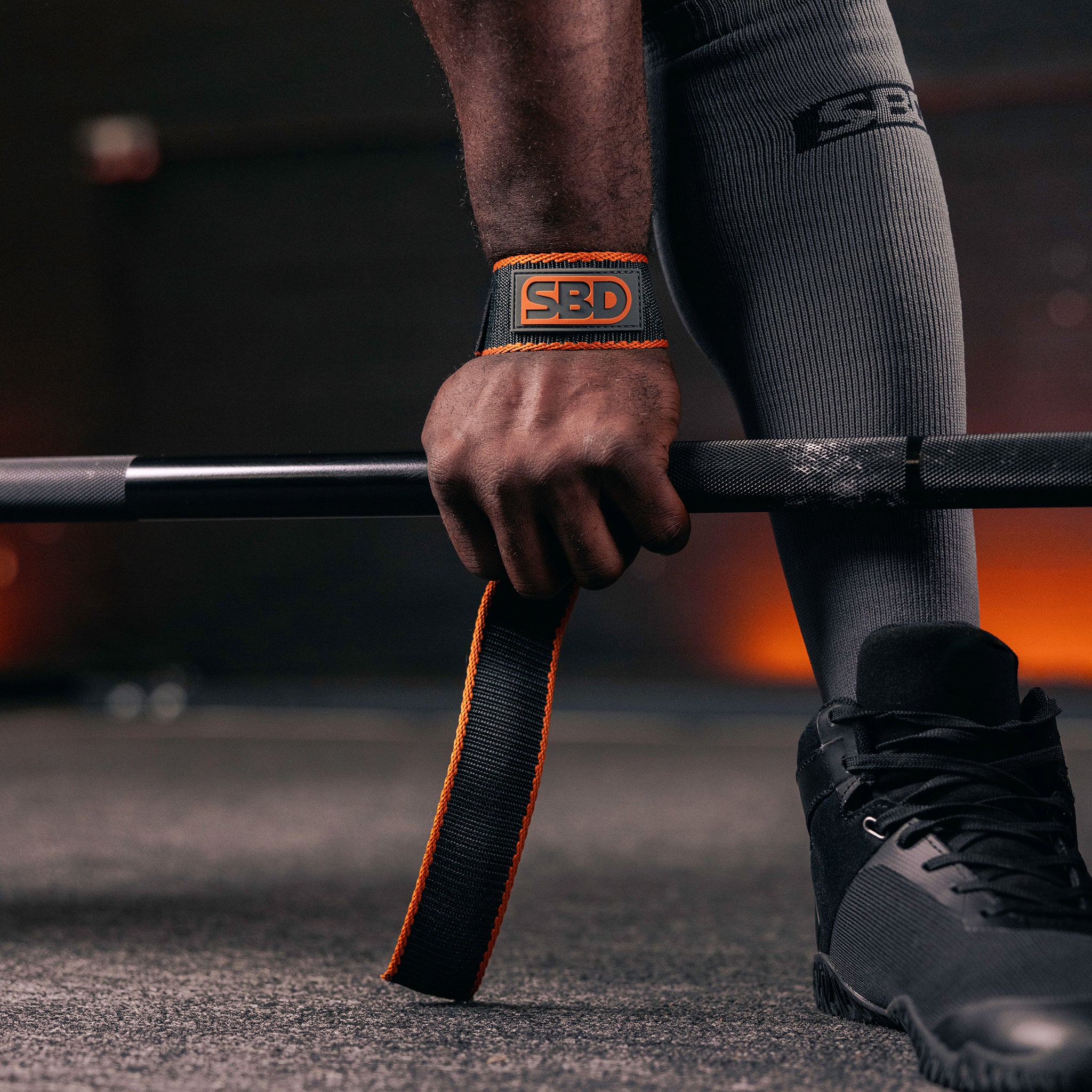Introduction to Daily Squatting
Squats have long been revered as one of the most effective compound exercises for building lower body strength. However, a rising trend has taken this classic movement to the extreme—daily squatting. Proponents claim transformative results in strength, posture, and even mental clarity. But is performing squats every single day truly beneficial, or does it risk being a recipe for injury and burnout?
In this comprehensive guide, we’ll break down the science, practical application, and real-life impacts of daily squatting. Whether you're a seasoned lifter or just starting your fitness journey, this article will help you make an informed decision about whether squatting every day fits your goals and lifestyle.
Understanding the Squat: A Foundational Movement
Squats are more than just a leg exercise. They are a full-body movement that plays a critical role in functional fitness.
Types of Squats
Squats come in many forms. Here are some of the most common:
-
Bodyweight Squats – Ideal for beginners and high-repetition training.
-
Back Squats – Focus on building strength and hypertrophy.
-
Front Squats – Emphasise quads and core engagement.
-
Overhead Squats – Test balance, flexibility, and shoulder mobility.
-
Goblet Squats – Great for mobility work and warmups.
Muscles Worked During Squats
Squats primarily target:
-
Quadriceps
-
Gluteus maximus
-
Hamstrings
-
Calves
-
Lower back
-
Core muscles
By incorporating squats, you engage a massive portion of your muscular system in one go, which is why they’re often considered a “bang-for-your-buck” movement.
Benefits of Daily Squatting
While daily squatting isn't for everyone, its benefits can be substantial when executed correctly.
Strength and Muscle Gains
Squatting every day allows for high training volume and frequency, which can:
-
Increase neuromuscular efficiency
-
Promote hypertrophy over time
-
Enhance balance and coordination
Daily squats often follow a model of varying intensities. Not every day is maximal effort, which helps manage fatigue while still progressing.
Improved Mobility and Flexibility
Regular squatting naturally improves:
-
Hip mobility
-
Ankle dorsiflexion
-
Spinal alignment and posture
Those who sit often benefit greatly from this active reversal of sedentary posture.
Mental and Hormonal Boost
Consistent squatting can lead to:
-
Enhanced mood via endorphin release
-
Improved testosterone and growth hormone levels
-
Greater discipline and mental resilience
The psychological benefits are often underrated but contribute massively to long-term adherence and motivation.
Potential Drawbacks of Squatting Every Day
Even the most effective movements have potential downsides, particularly when performed without rest.
Risk of Overtraining and Injury
Common risks include:
-
Tendonitis (especially patellar and Achilles)
-
Joint stress and inflammation
-
Lower back strain
Without proper recovery and technique, injuries can accumulate quickly.
Muscle Imbalances and Plateaus
Focusing solely on squats may:
-
Overdevelop certain muscle groups while neglecting others
-
Lead to strength plateaus due to lack of variation
-
Encourage compensatory movement patterns
A well-rounded training plan is key to avoiding such issues.
Who Should Consider Daily Squatting?
Daily squatting is not a one-size-fits-all solution. It’s best suited for:
-
Experienced lifters who understand load management
-
Athletes training for powerlifting or Olympic lifting
-
Individuals focusing on mobility or rehab (with light loads)
Beginners should start slowly, progressing in frequency only after mastering form and listening to their bodies.
Optimal Techniques for Safe Daily Squatting
Proper Form and Posture
Key cues to remember:
-
Keep your chest upright
-
Push knees outwards during descent
-
Maintain a neutral spine throughout
-
Break parallel (hips below knees) if flexibility allows
Mirror feedback and coaching can significantly improve your form.
Volume, Intensity, and Recovery
A simple rule: not all days need to be hard. Use a mix of:
-
Heavy days – Low reps, high intensity
-
Volume days – Moderate load, more reps
-
Recovery days – Bodyweight or low-resistance mobility work
This strategy ensures long-term sustainability without sacrificing gains.
Real-Life Case Studies and Examples
Numerous athletes and fitness enthusiasts have integrated daily squatting with impressive results. For instance:
-
Olympic lifters often squat multiple times daily
-
The "Squat Every Day" programme by Bulgarian and Chinese weightlifting schools has shown remarkable leg development
-
Recreational lifters using light daily squats have reported improved joint health and energy levels
Integrating Squats into a Balanced Training Routine
Squats shouldn’t dominate your routine at the expense of other movements. A weekly split could look like:
| Day | Focus |
|---|---|
| Monday | Heavy Back Squats + Pulling Movements |
| Tuesday | Front Squats + Push Work |
| Wednesday | Mobility + Light Bodyweight Squats |
| Thursday | High-Rep Goblet Squats + Core Training |
| Friday | Back Squats + Upper Body Strength |
| Saturday | Technique Focus + Conditioning |
| Sunday | Active Recovery or Rest |
Nutrition and Recovery for Daily Squatters
Supporting daily squatting requires:
-
Adequate protein intake (1.6–2.2g/kg bodyweight)
-
Sufficient carbohydrates to fuel performance
-
Hydration and electrolyte balance
-
Quality sleep and active recovery
Neglecting these pillars will sabotage results faster than any training error.
Tools and Equipment That Can Help
Helpful tools include:
-
Lifting belts – For max effort days
-
Knee sleeves – Support during volume days
-
Weightlifting shoes – Improve depth and posture
-
Resistance bands – Useful for activation and mobility
These accessories can help optimise performance and reduce injury risk.
Addressing Common Myths About Daily Squats
Let’s clear up a few common myths:
-
“Squats ruin your knees.” – When done properly, they strengthen knees.
-
“You can’t squat every day without injuries.” – With proper programming, it’s sustainable.
-
“Bodyweight squats are useless.” – They’re excellent for endurance, rehab, and mobility.
Misinformation leads many to avoid squats entirely or perform them incorrectly.
FAQs
1. Can beginners squat every day?
Beginners should start with 2–3 days per week to master technique and gradually increase frequency as they adapt.
2. How many reps should I do if squatting daily?
It depends on your goal. Strength-focused? 3–5 reps. Endurance or mobility? 10–20 reps per set.
3. Is it okay to squat daily without weights?
Yes. Bodyweight squats improve mobility, balance, and joint health—ideal for active recovery.
4. Should I stretch after squatting every day?
Absolutely. Stretching and foam rolling help maintain flexibility and prevent tightness.
5. Can I squat daily while doing other leg exercises?
Yes, but manage intensity to avoid overuse. Use lighter squats on days with additional leg work.
6. Will squatting daily make my legs bulky?
Unlikely, unless paired with surplus calories and heavy progressive overload. It typically leads to toning and definition.
Conclusion: Is Squatting Daily Worth It?
Daily squatting isn’t a shortcut, nor is it a dangerous trend—if approached wisely. The key lies in listening to your body, varying intensity, and maintaining overall training balance. For those who implement it with care, squatting every day can unlock new levels of strength, flexibility, and discipline.
Still, it’s not necessary for everyone. Explore, experiment, and adapt your approach based on your own fitness journey.

